Announcing Our Summer PEAK Experience Awardees
We are pleased to announce the names of our Northeastern University Huskies who have earned Summer 2021 PEAK Experiences Awards. Over 48 projects will be happening across the disciplines as more and more becomes possible in research and creative endeavor. Congratulations to all.
BASE CAMP AWARDS
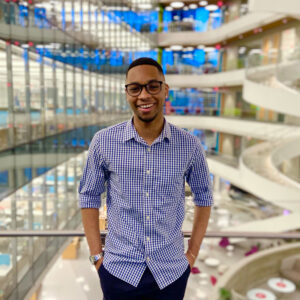 Jet Davis, COS’24, “Computational and Machine Learning Discovery of Non-Invasive Chemotherapy Alternative”
Jet Davis, COS’24, “Computational and Machine Learning Discovery of Non-Invasive Chemotherapy Alternative”
Mentor: Professor Steven Lopez, College of Science, Chemistry & Chemical Biology
I will learn how to use computational methods in chemistry. These methods will help me to predict the ability of potential new drugs to absorb light and help reduce the damaging effects of common chemotherapy treatments. The Lopez group and I will explore machine learning in this context.
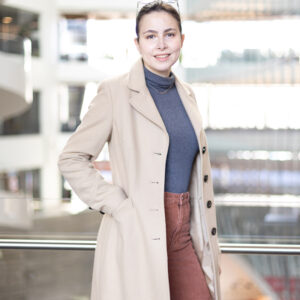 Tamara Hadzic, COS’24, “Bridging the Gap: A Network Science Analysis of Biochemical Networks”
Tamara Hadzic, COS’24, “Bridging the Gap: A Network Science Analysis of Biochemical Networks”
Mentor: Professor Samuel Scarpino, College of Science, Physics
Biochemists and physicists often come to different hypotheses conclusions in their experiments regarding the structure of biochemical networks. I hope to bridge the gap between the two fields by conducting a network science analysis of an ensemble of networks using R and comparing the network summaries of the data.
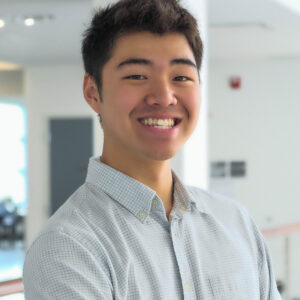 Kevin Huang, CSSH’22, “A Literature Review of Troubled Teen Intervention”
Kevin Huang, CSSH’22, “A Literature Review of Troubled Teen Intervention”
Mentor: Professor Emily Mann, College of Social Sciences and Humanities, Pub Policy and Urban Affairs
This research project is aimed to analyze existing programs and interventions for troubled teens. The data collected will be used to provide recommendations and best practices for prevention, intervention and treatment programs for troubled teens.
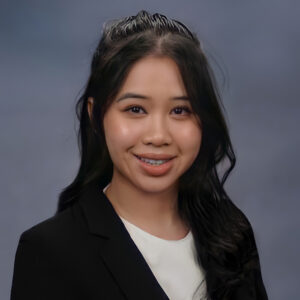 Jessica Huang, DMSB’21, “Sizing Discovery”
Jessica Huang, DMSB’21, “Sizing Discovery”
Mentor: Professor Felicia Lassk, D’Amore-McKim School of Business, Marketing
As a part of building my fashion tech company, I am looking to work on user testing and research related to sizing. The goal is to discover which body measurements are most crucial to fit in online shopping and gather a database of information to reduce online return rates.
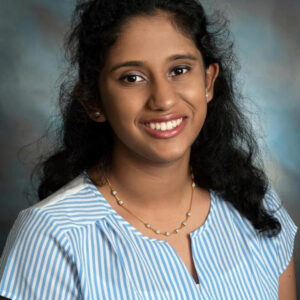 Surabhi Keesara, Khoury’24, “Virtual Reality as a Tool for Cultural Immersion”
Surabhi Keesara, Khoury’24, “Virtual Reality as a Tool for Cultural Immersion”
Mentor: Professor Jessica Linker, College of Social Sciences and Humanities, History
This project will explore how virtual reality can create immersion into other cultures. The goal of this project is to create a three dimnesional model of an area in Boston and learn how cultural identity can be implemented in Virtual Reality
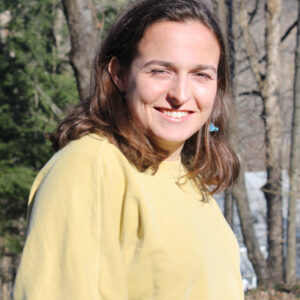 Sophie Leggett, COS’24, “Green New Deal Proposal Analysis”
Sophie Leggett, COS’24, “Green New Deal Proposal Analysis”
Mentor: Professor Jennie Stephens, College of Social Sciences and Humanities, Pub Policy and Urban Affairs
Since the announcement of the Green New Deal in the U.S. Congress, governments and communities have created similar proposals at state, community, and international levels. This project will catalog, analyze, compare, and evaluate various versions of the GND, as well as how the public has reacted to these proposals.
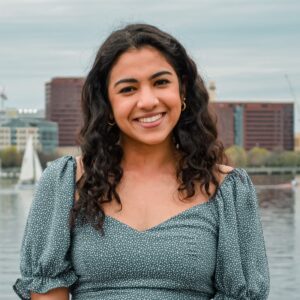 Nikita Murli, COS’23, “Tracking Drug-Induced Homicide (DIH) Charges in the United States”
Nikita Murli, COS’23, “Tracking Drug-Induced Homicide (DIH) Charges in the United States”
Mentor: Professor Leo Beletsky, Bouvé College of Health Sciences, Law and Public Policy
I am interested in supporting the HIJ Action Lab by leading the clean-up effort of their current expansive DIH database and deciphering patterns of inequality affecting communities of color through prosecutorial means.
 Thao-Mi Nguyen, Bouvé’25, “Un-Masking the Origins of Maternal Mortality/Morbidity Inequities (UMOMMI)”
Thao-Mi Nguyen, Bouvé’25, “Un-Masking the Origins of Maternal Mortality/Morbidity Inequities (UMOMMI)”
Mentor: Professor Collette Ncube, Bouvé College of Health Sciences, Health Sciences
The main objective of the UMOMMI project is to explore how different measurement frameworks for severe maternal morbidity may affect racial disparity estimates. I will assist this research team with publication submissions to peer-reviewed journals and the development of a Specific Aims page for a grant proposal.
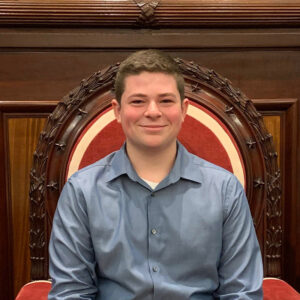 Max Saenz, CSSH’25, “Payroll Loans and Credit Rationing in Mexico: Welfare Effects on Consumers”
Max Saenz, CSSH’25, “Payroll Loans and Credit Rationing in Mexico: Welfare Effects on Consumers”
Mentor: Professor Silvia Prina, College of Social Sciences and Humanities, Economics
I will work with Professor Prina to study the impact of payroll loans in Mexico. We will investigate whether credit rationing (used to reduce over-indebtedness) is welfare improving or forces borrowers to seek more expensive options. I will research the extent of payroll loans worldwide and help design a survey.
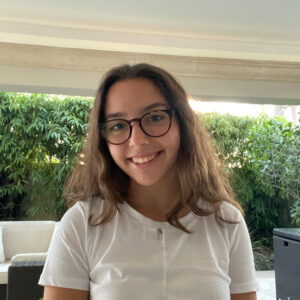 Ana Salichs, COE’22, “Colorimetric Assays on Microphysiological Systems”
Ana Salichs, COE’22, “Colorimetric Assays on Microphysiological Systems”
Mentor: Professor Ryan Koppes, College of Engineering, Chemical Engineering
In this research, I hope to prototype, test, and analyze results from conducting colorimetric assays on microphysiological systems. More specifically, we hope to develop a Raman spectroscopy set up that can fast, accurate, and real-time measurements of different analytes.
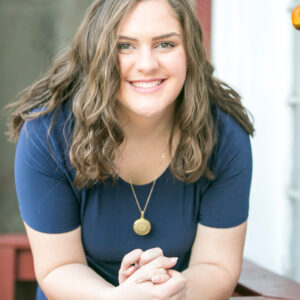 Jacqueline Smith, COS’24, “Characterization of DNA Bypass Polymerases”
Jacqueline Smith, COS’24, “Characterization of DNA Bypass Polymerases”
Mentor: Professor Penny Beuning, College of Science, Chemistry & Chemical Biology
I will be computationally modeling and analyzing new enzymes belonging to the Pol I sub-family of DNA polymerases, a group of proteins capable of replicating damaged DNA.
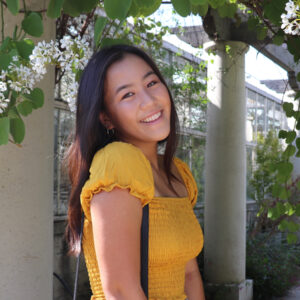 Morgan Wong, Bouvé’24, “Un-Masking the Origins of Maternal Mortality/Morbidity Inequities (UMOMMI)”
Morgan Wong, Bouvé’24, “Un-Masking the Origins of Maternal Mortality/Morbidity Inequities (UMOMMI)”
Mentor: Professor Collette Ncube, Bouvé College of Health Sciences, Health Sciences
In the United States, women of color, particularly Black women, face elevated levels of pregnancy-related mortality in comparison to their White counterparts. My goal with the UMOMMI study is to research and quantify these racial/ethnic disparities in severe maternal morbidity by engaging in relevant literature and data analysis.
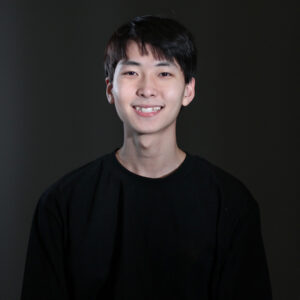 Yechan Yang, COS’22, “LGBTQ Health Care Disparities in Telemedicine”
Yechan Yang, COS’22, “LGBTQ Health Care Disparities in Telemedicine”
Mentor: Professor Alisa Lincoln, Bouvé College of Health Sciences, Health Sciences
The purpose of this project is to conduct a literature review on the use of telehealth and its influence on health care for the LGBTQ community. Furthermore, with Dr. Alisa Lincoln, I will be designing surveys and interviews to conduct a needs assessment for LGBTQ education programs for telehealth providers.
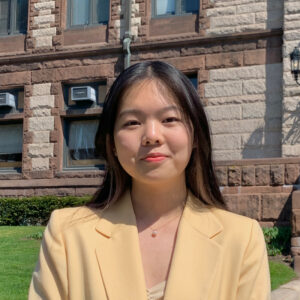 Catherine Zhou, COE’25, “Monte Carlo Simulations of the Liquid-Vapor Coexistence in a Langmuir Monolayer of Pentadecanoic Acid and Palmitic Acid”
Catherine Zhou, COE’25, “Monte Carlo Simulations of the Liquid-Vapor Coexistence in a Langmuir Monolayer of Pentadecanoic Acid and Palmitic Acid”
Mentor: Professor Mona Minkara, College of Engineering, Bioengineering
Properties of palmitic acid, the most common fatty acid that serves as a building block in lung surfactants, will be studied by developing a computational model from extending onto prior research through performing Monte Carlo simulations on the liquid-vapor coexistence of Pentadecanoic acid on a Langmuir monolayer.
ASCENT AWARDS
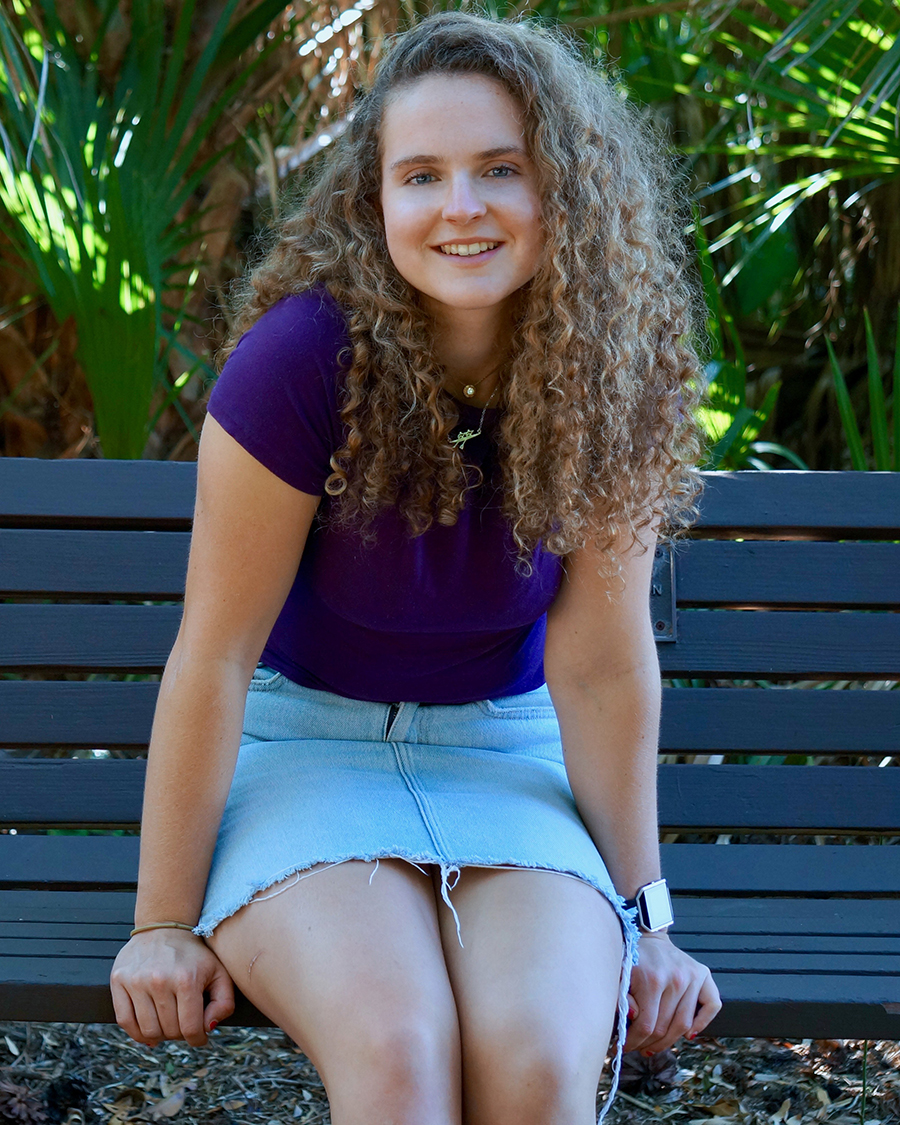 Hannah Axtell, COS’23, “An Emancipatory Future: Energy Justice and Democracy”
Hannah Axtell, COS’23, “An Emancipatory Future: Energy Justice and Democracy”
Mentor: Professor Jennie Stephens, CSSH, Pub Policy and Urban Affairs
My project will investigate renewable energy alternatives to a fossil fuel energy economy and the potential this could have to uplift minority and lower-income communities in the United States. I will analyze five different forms of renewables energies to determine the limitations of each energy type and their respective ability to provide dependable, continuous power to the entirety of the U.S. I will then use this cost-benefit analysis to explore the revolutionary economic, social, and political possibilities of a wide-spread conversion to one or more of these five new energy sources in every American municipality.
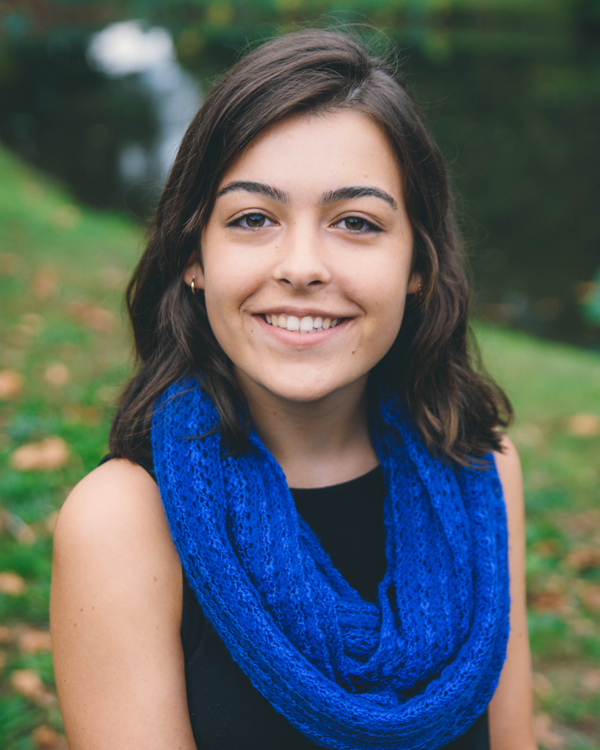 Kelsey Burroughs, Bouvé’22, “The Embryonic Development of the Hummingbird Bobtail Squid (Euprymna berryi)”
Kelsey Burroughs, Bouvé’22, “The Embryonic Development of the Hummingbird Bobtail Squid (Euprymna berryi)”
Mentor: Professor Leila Deravi, COS, Chemistry & Chemical Biology
I will be assembling a staging guide that will consist of visuals and descriptions of the embryonic stages of hummingbird bobtail squid. This staging guide will establish a set of developmental benchmarks that have not yet been defined for this species. It will facilitate the research of hummingbird bobtail squid, which may have implications for fields such as genetics and neurobiology. I will be obtaining images of the embryos with a confocal microscope and preparing descriptions of each stage. I look forward to presenting my project at the Marine Biological Laboratory, SPEAK Series, and RISE Expo at Northeastern.
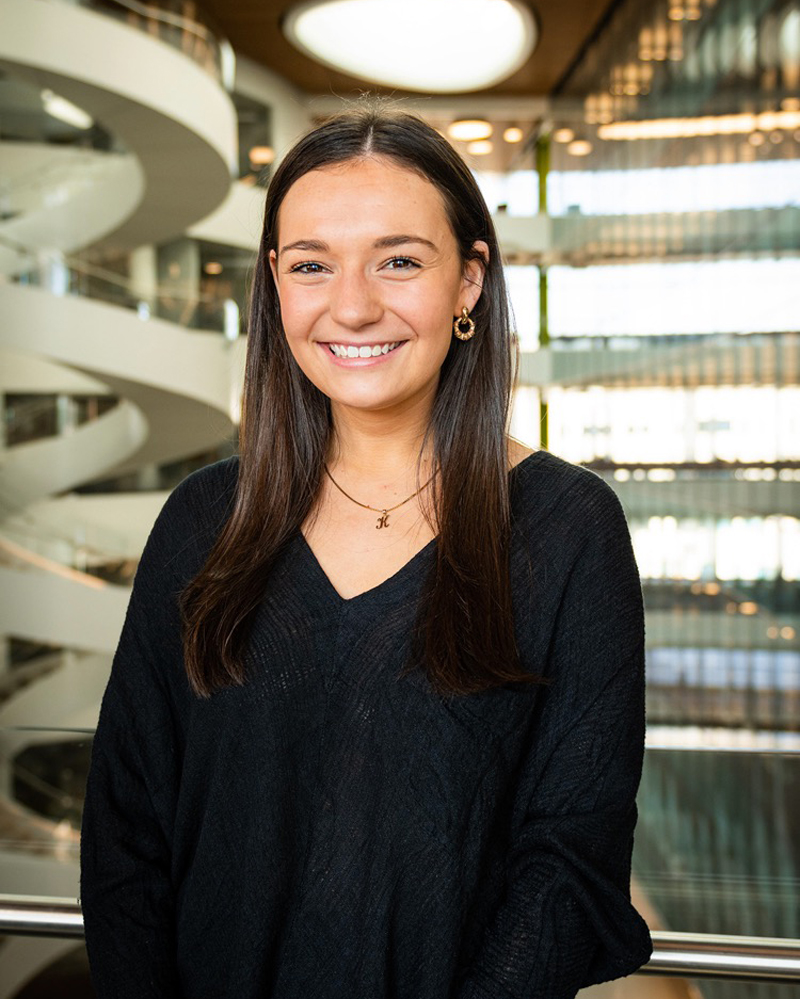 Katherine Coyne, COS’23, “Characterizing Antagonistic Anti-CD47 Antibodies that Induce Macrophage Phagocytosis”
Katherine Coyne, COS’23, “Characterizing Antagonistic Anti-CD47 Antibodies that Induce Macrophage Phagocytosis”
Mentor: Professor Hari Parameswaran, COE, Bioengineering
The CD47/SIRPa axis is a modulator for the protection of healthy cells. Numerous cancers take advantage of this by overexpressing CD47. They continuously create a “don’t eat me” signal preventing macrophages from performing phagocytosis on cancer cells. The goal is to find antagonistic CD47 antibodies that inhibit CD47 and SIRPa binding. This will be done by discovering antibodies; performing biochemical characterization; and using biological assays to test the antibodies’ ability to restore macrophage phagocytosis. These antibodies can be a new immunotherapy and treatment option for multiple types of cancer. This can be shared through RISE, the Dana-Farber community, and beyond.
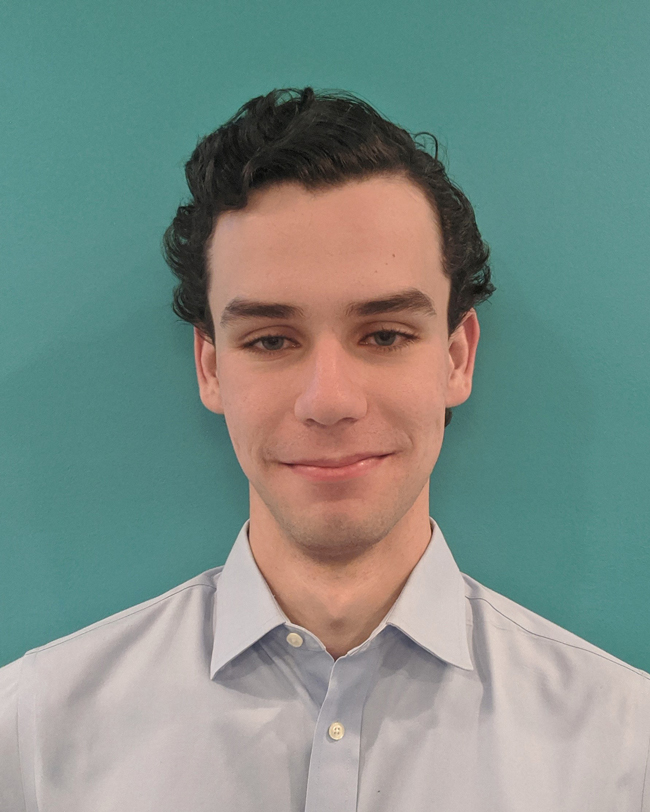 Kevin Dunne, CSSH’22, “COVID-19 and Mental Health”
Kevin Dunne, CSSH’22, “COVID-19 and Mental Health”
Mentor: Professor Bilge Erten, CSSH, Economics
This project focuses on an understudied area of the COVID-19 pandemic, its effects on mental health. There is evidence that COVID-19 lockdowns reduced overall mental wellbeing in the short-term, but little evidence exists on whether these effects persist after lockdowns end. By exploiting age-specific quarantines in Turkey, we study if the negative effects of quarantines on mental health, cognitive function, and social connectedness persist months or years after lockdowns end. This fills a critical gap in our understanding of COVID-19’s long-term effects and will inform how future lockdown policies can be better designed.
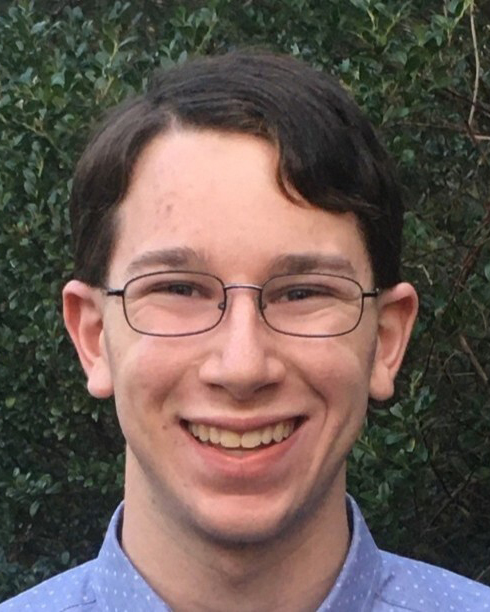
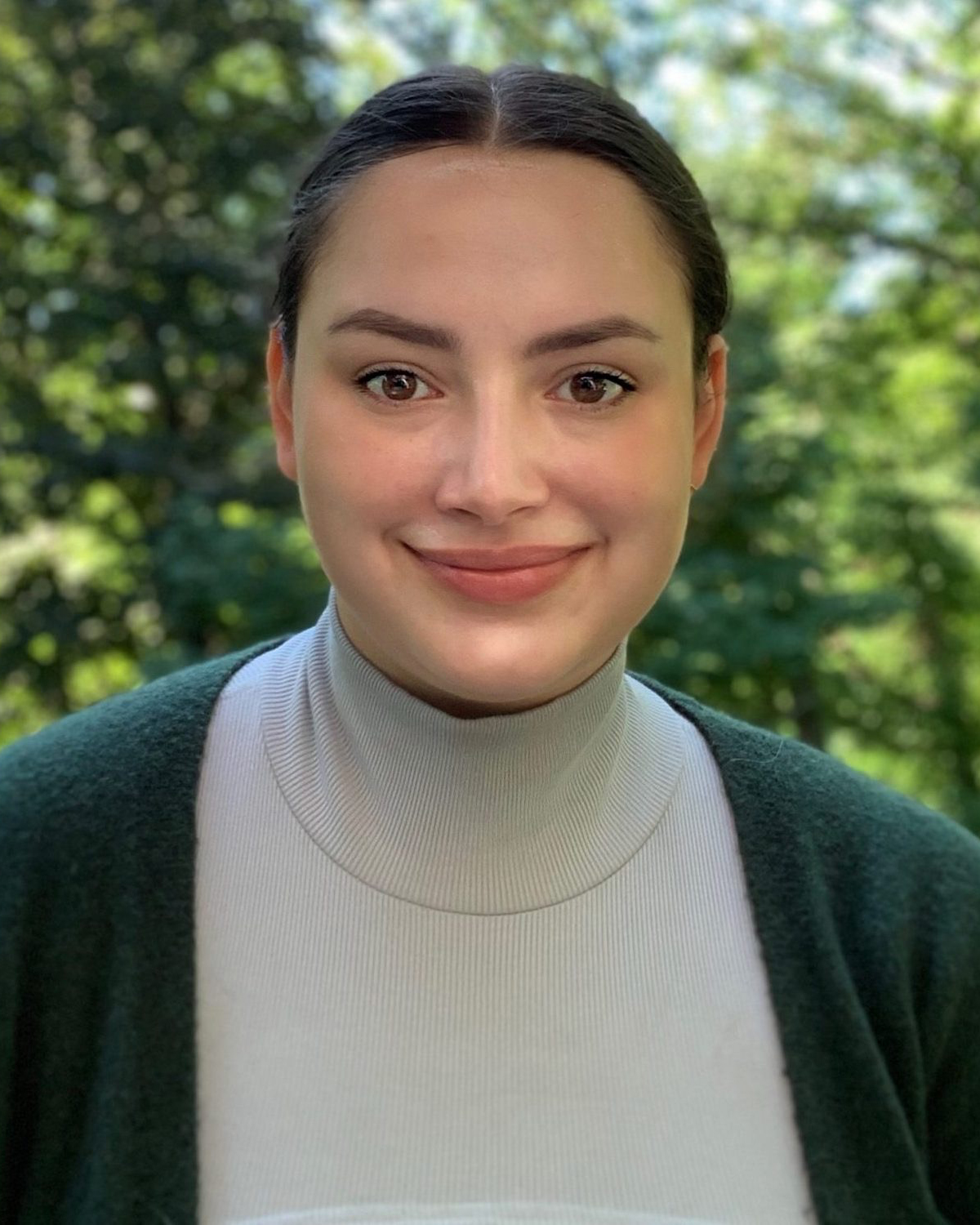 Jacob Egelberg, COS’24 & Stephanie Luiz, CSSH’22, “Stopping COVID-19: A County-level Analysis”
Jacob Egelberg, COS’24 & Stephanie Luiz, CSSH’22, “Stopping COVID-19: A County-level Analysis”
Mentor: Professor Julian Sosnik, COS, Biology
Research is conflicted regarding the efficacy of COVID-19 mitigation efforts. Though Gallaway et al. reports that lockdowns mitigate COVID-19 spread, Larochelambert et al. recently found that lockdowns are ineffective at reducing COVID-19 deaths, a lagging indicator of spread. We seek to resolve these contradictions with a novel analysis of COVID-19 infections and deaths at the county-level. We anticipate that counties with many people sheltering in place will experience reduced COVID-19 infection rates and we hope to disseminate our findings via a peer-reviewed publication.
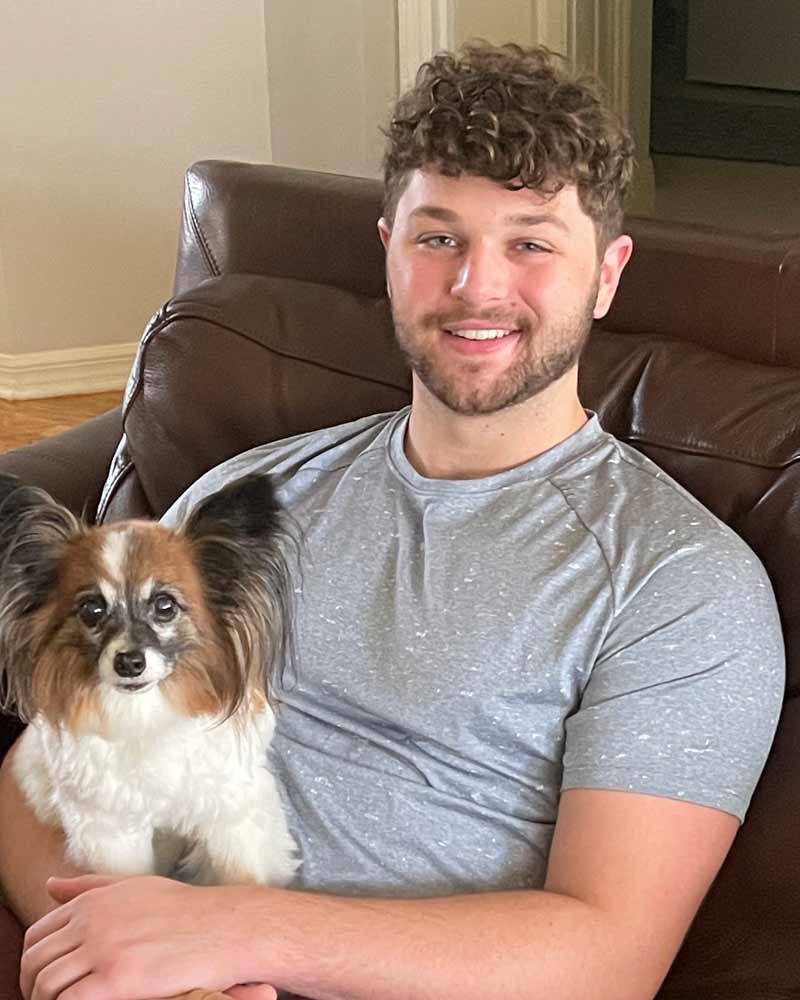
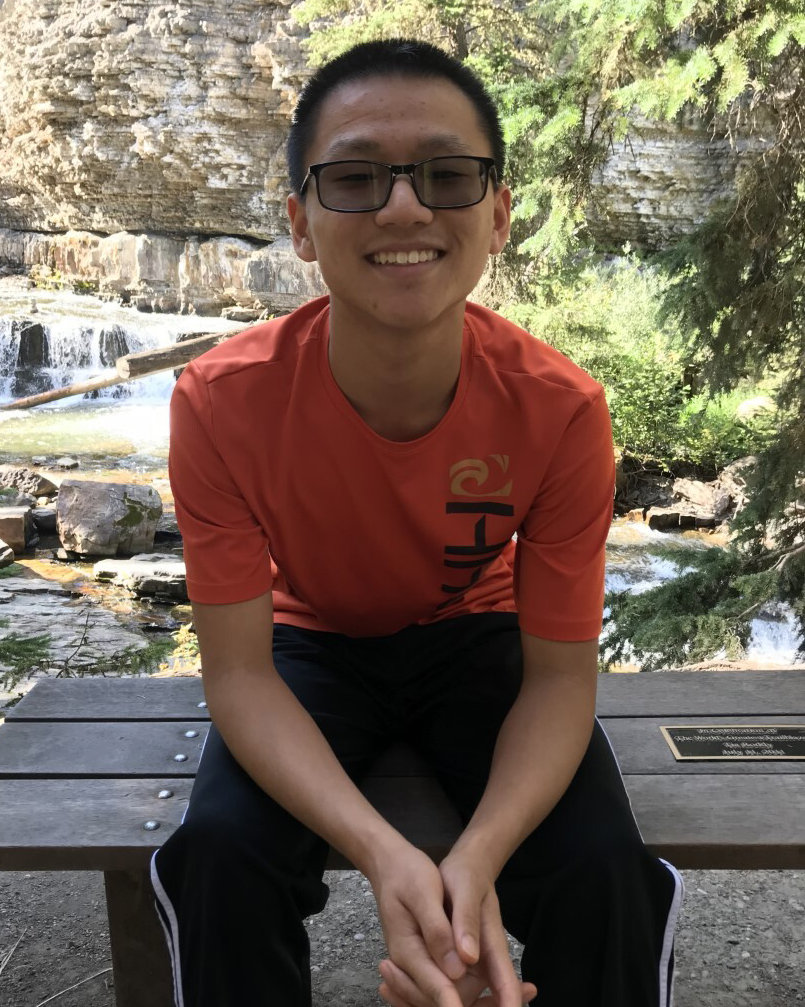 Zachary Fagiani, COE’22 & Ethan Wong, COS’24, “Functional TMT”
Zachary Fagiani, COE’22 & Ethan Wong, COS’24, “Functional TMT”
Mentor: Professor Eugene Tunik, Bouvé, Phys Therapy/Movemnt/Rehab Sci
Our purpose for this research project is to continue the development of a new method for the assessment of cognitive processing speed and executive function that includes an aspect of motor function. We have developed a new variant of the classical Trail Making Test (TMT) that uses three dimensional objects to incorporate an aspect of motor function into the test. We will be working with data which has been gathered from gaze tracking hardware and processed through proprietary software in order to analyze a variety of metrics, including features of visual search, working memory, and processing speed.
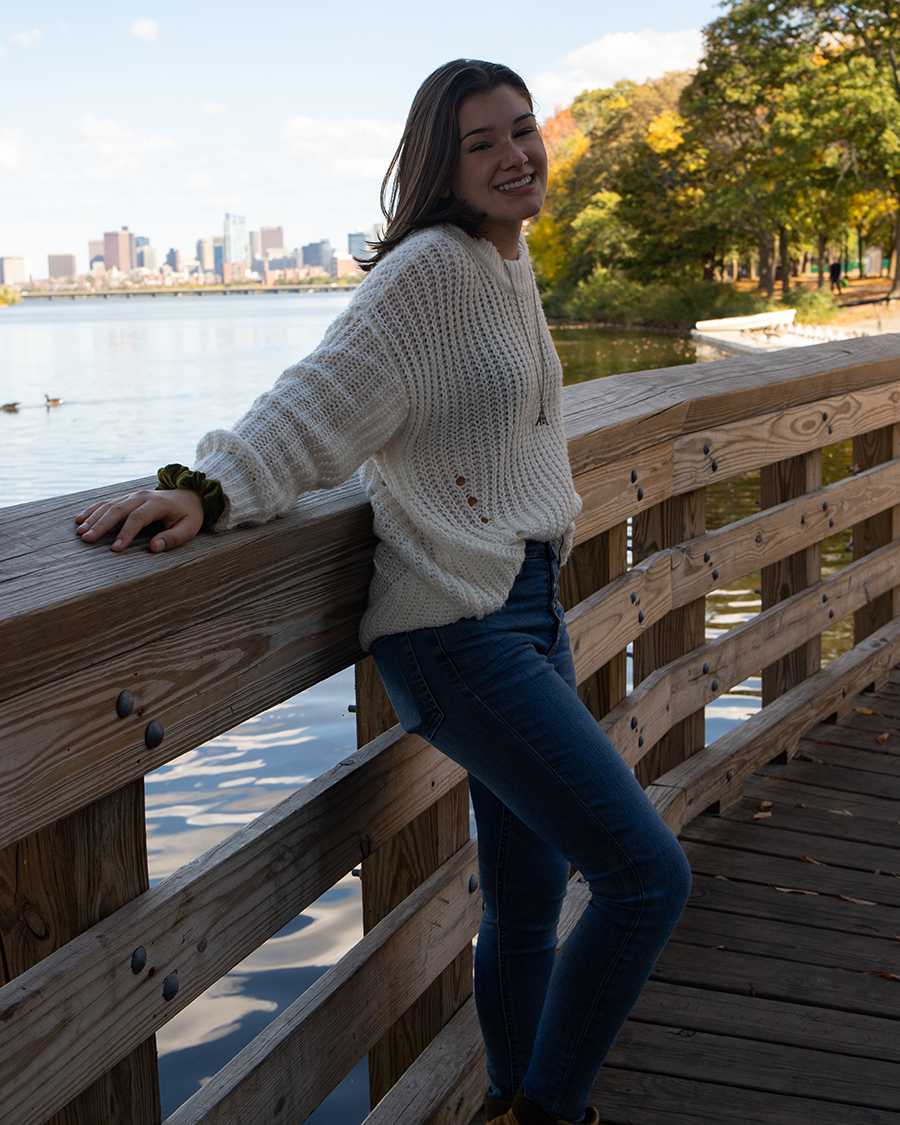 Sarah Jacobs, CAMD’24, “Climate Justice Information Design Series”
Sarah Jacobs, CAMD’24, “Climate Justice Information Design Series”
Mentor: Professor Daniel Faber, CSSH, Sociology and Anthropology
This proposed PEAK Summit Project is to create an information design series that will provide climate concerned activists, policymakers and the general public with a research-backed and expert-informed knowledge of climate justice, key terms and concepts, why knowing about them is important, and what our role as a public can be in making a difference. I seek to explore how design can be used to synthesize complex social science ideas surrounding climate justice. Increasing understanding of climate change and the devastating effects that it has on the world is essential to galvanizing people to seek solutions and engage in activism.
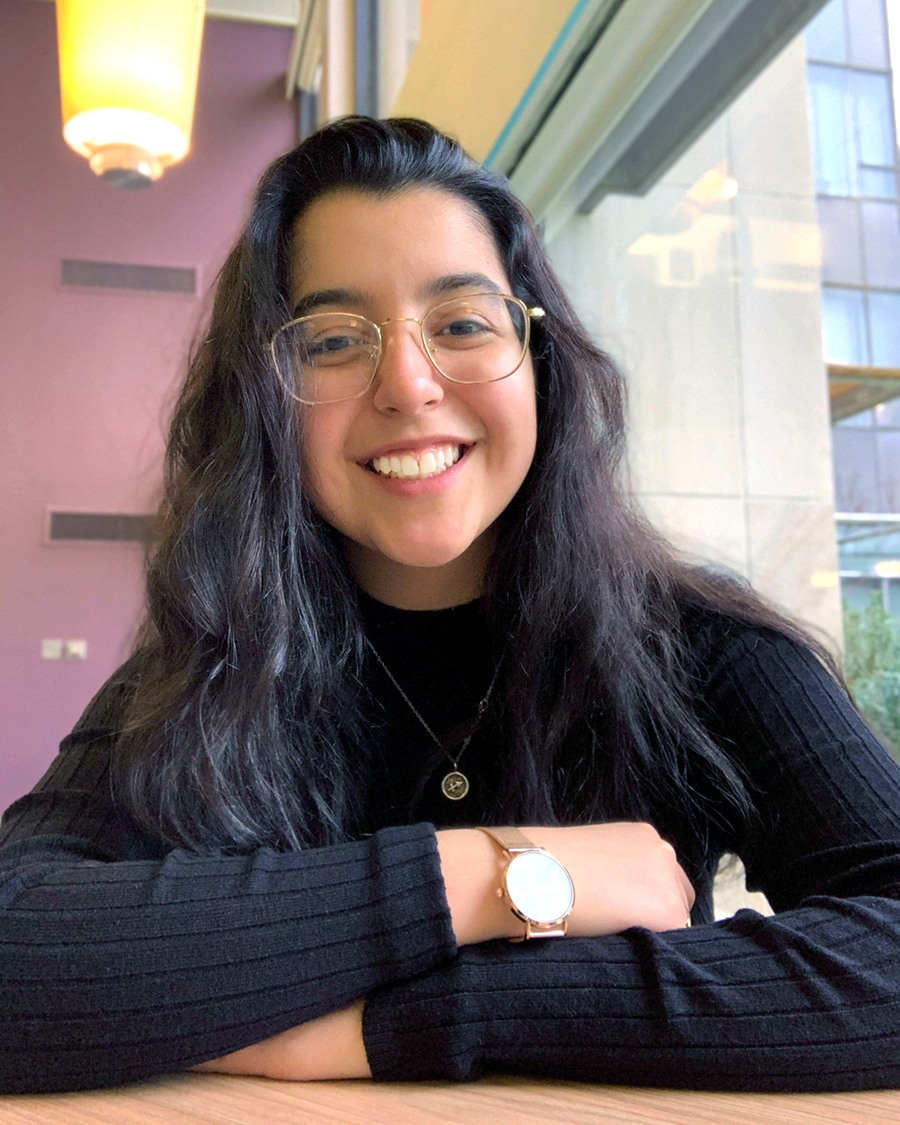 Emerson Johnston, CSSH’23, “Cultural Imperialism In Disguise?: The Effects of Westernization on International Human Rights Law and Action”
Emerson Johnston, CSSH’23, “Cultural Imperialism In Disguise?: The Effects of Westernization on International Human Rights Law and Action”
Mentor: Professor Amílcar Barreto, CSSH, Cultures; Societies; and Global Studies
This project investigates how western perspectives and media biases impact international conversations and coalition building, particularly regarding women’s rights. It has two primary objectives: first, to establish that there is an inherent western bias in international conversations regarding human rights violations, both in general and regarding women, and second, to prove that these biases are harmful to the development and evolution of these discussions as well as their solution building. Overall, this project aims to highlight the importance of cultural education in the international community, if only to ensure that all international actions are taken for the right reasons.
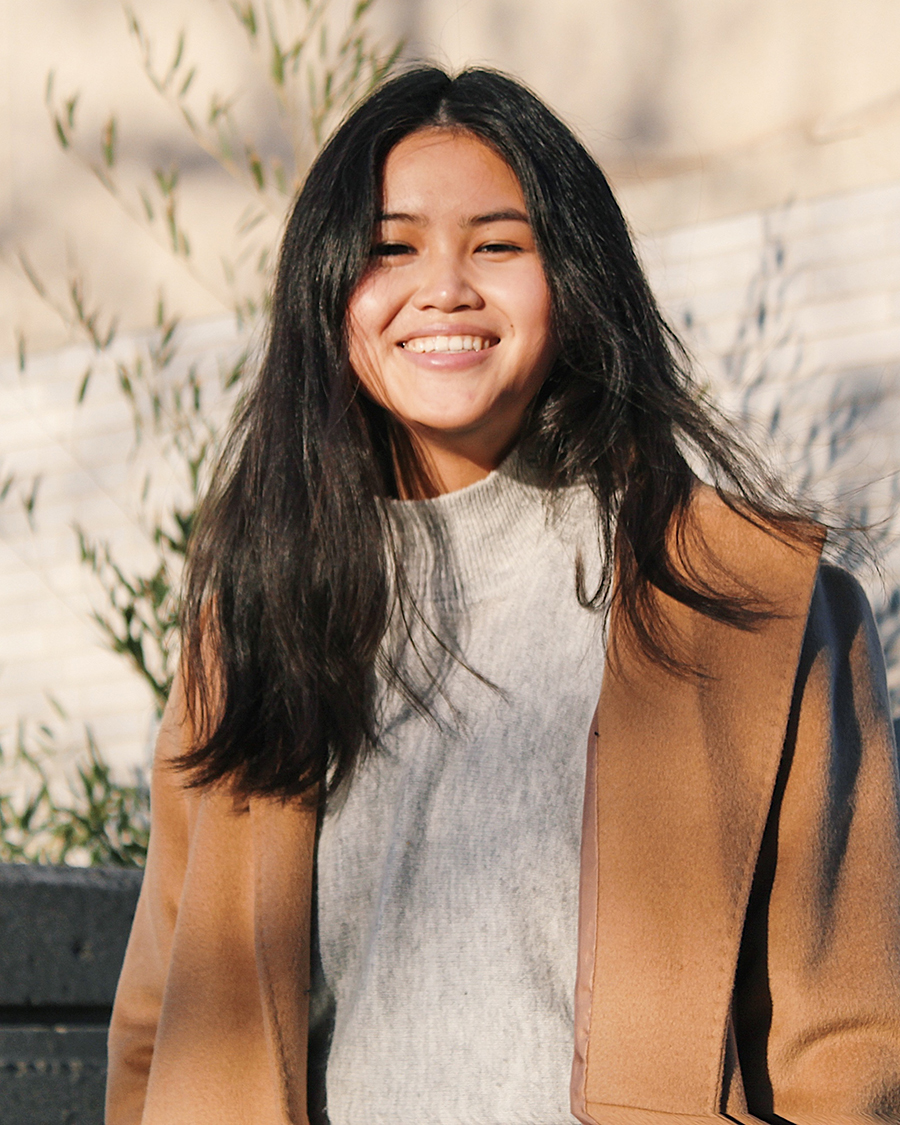
Arielle Lee, COS’24, “The Drivers of Climate Refugee Crisis”
Mentor: Professor Daniel Faber, CSSH, Sociology and Anthropology
My research project seeks to identify and investigate the original drivers of the climate refugee crisis, placing emphasis on the key social, economic, and political mechanisms that serve to heighten the vulnerability of particular populations. The findings, which will be published in a comprehensive policy brief, are significant because conventional perceptions oversimplify and naturalize the crisis, and expanding the perspective in which we understand it will ultimately help identify the true root causes forcing people to leave their homes and creates a space for additional solutions based on more just structures that build climate resilience.
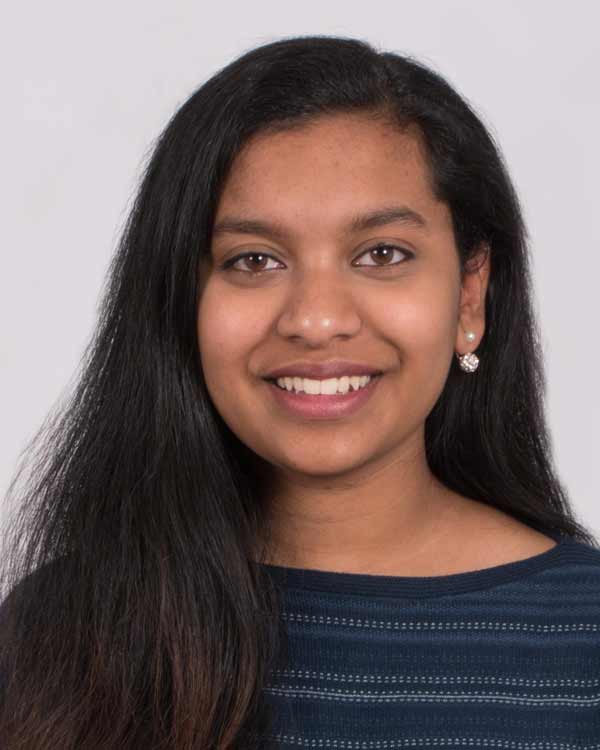 Katlyn Lloyd, COE’22, “Quantifying the Effects of Mechanics on Joint Formation”
Katlyn Lloyd, COE’22, “Quantifying the Effects of Mechanics on Joint Formation”
Mentor: Professor Sandra Shefelbine, COE, Mech & Industrial Engineering
This project involves creation of a data analysis pipeline in MATLAB to quantitatively identify the effects of mechanics on joint formation. Using 3D light-sheet microscopy images of axolotl humeri, an experimental group in which mechanical stimuli were inhibited will be compared to a control group. The differences between these two groups will be quantified and analyzed. The results of this project will be used in the development of a computational finite-element model and presented at RISE. Ultimately, the learnings of this project can help inform how mechanics play a role in therapies for joint deformities.
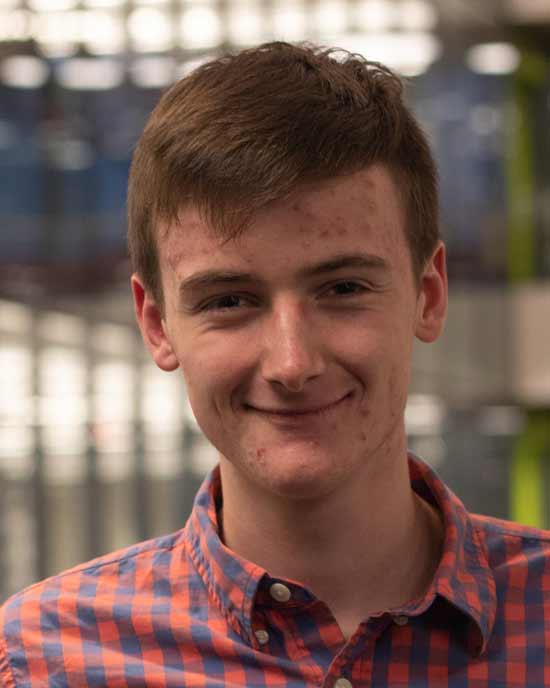 Tyler Locke, COS’23, “Molecular Dynamics Simulations of Pulmonary Surfactant Protein B”
Tyler Locke, COS’23, “Molecular Dynamics Simulations of Pulmonary Surfactant Protein B”
Mentor: Professor Mona Minkara, COE, Bioengineering
Pulmonary surfactant is a complex biological system that is vital to proper respiratory function. Despite this, the function of surfactant and its components is still not very well understood. This project seeks to improve our understanding of this system by using computational techniques to analyze the structural and functional properties of Surfactant Protein B, an important surfactant protein component.
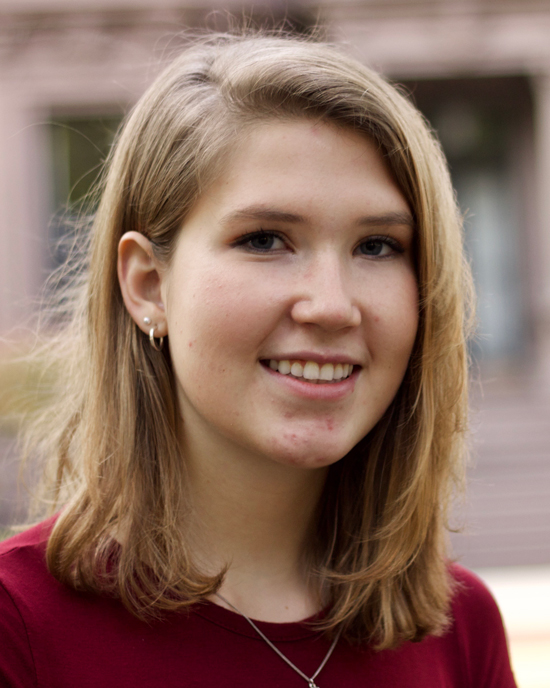 Gillian McClennen, COS’23, “Novel Link Between the Acetate Pathway and Cell Wall Biosynthesis”
Gillian McClennen, COS’23, “Novel Link Between the Acetate Pathway and Cell Wall Biosynthesis”
Mentor: Professor Yunrong Chai, COS, Biology
The acetate overflow pathway is an important metabolic process common to many pathogenic species of bacteria. We hypothesize that the acetate overflow pathway plays a novel role in regulation of the bacterial cell wall. We are exploring this theory using the natural competence of Bacillus subtilis to genetically engineer different strains of bacteria and study their growth and morphology. Our goal is to create a publishable model illustrating how the acetate pathway affects the cell wall. Understanding the mechanisms behind bacterial metabolism and how that can exacerbate cell death has the potential to open up novel routes for antibiotic development.
 Katherine Miller, COE’23, “Characterizing the Extracellular Polymeric Substance Produced by the Acetogen, Eubacterium Limosum”
Katherine Miller, COE’23, “Characterizing the Extracellular Polymeric Substance Produced by the Acetogen, Eubacterium Limosum”
Mentor: Professor Benjamin Woolston, COE, Chemical Engineering
This research is aimed at investigating the extracellular polymeric substance (EPS) produced by E. Limosum to determine its macromolecular composition, and how temperature, culture maturity and strain variation affect this composition. Since the EPS matrix represents the immediate environment in which the organism lives, understanding its properties will expand our understanding of this acetogenic bacterium. The EPS will be analyzed using BCA protein assay, the phenol-sulfuric acid method for carbohydrate quantification, and ethidium bromide assay for DNA quantification. Macromolecular ratios of the EPS are expected to vary with temperature, maturity and strain. Results will be presented at RISE.
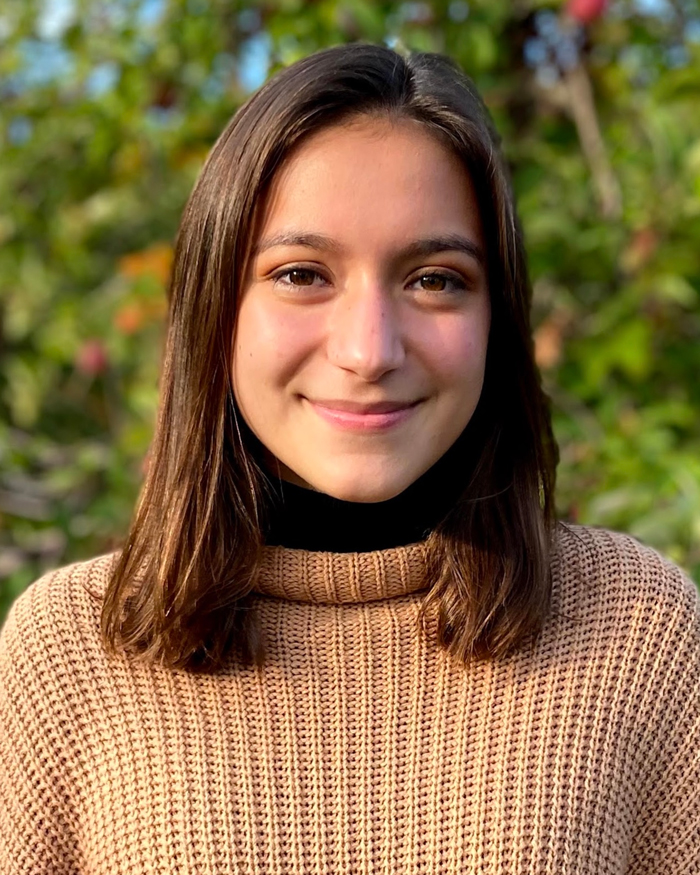 Jessica Nemeth, COE’24, “Powering Transportation Sustainably: An Investigation of the Anion Exchange Membrane System”
Jessica Nemeth, COE’24, “Powering Transportation Sustainably: An Investigation of the Anion Exchange Membrane System”
Mentor: Professor Sanjeev Mukerjee, COS, Chemistry & Chemical Biology
Within the stride towards decarbonization, several low-temperature electrolyzer technologies are under investigation to replace fossil-fuel combustion with carbon-negative hydrogen fuel. A technology within this field, the anion exchange membrane system, offers the best cost performance-durability tradeoff using $0.02/KWh of electricity at a 40% capacity factor. This project seeks to create a clear pathway to reduce the cost of hydrogen by examining the effect of various buffer configurations, production of local hydroxyl ions, and the effect of various cations on both oxygen and hydrogen evolution reactions within the anion exchange membrane system.
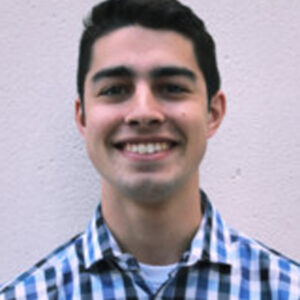 Max Seaman, COS’22, “Functional Prediction of Putative MtKSI’s”
Max Seaman, COS’22, “Functional Prediction of Putative MtKSI’s”
Mentor: Professor Penny Beuning, COS, Chemistry & Chemical Biology
My project is to elucidate the function (biological role) of two enzymes in Mycobacterium tuberculosis. Previous efforts to engineer more activity into the enzymes have failed, and while these enzymes are putative steroid isomerases, they exhibit poor catalytic activity with their substrates. Using complex computational and in silico tools like homology modeling, docking, and molecular dynamics, this project aims to to determine the role of these two putative enzymes and further our understanding of the structure-function relationship in related enzymes.
 Garrit Strenge, COE’24, “Determination of Object Position, Orientation and Affordances using Computer Vision”
Garrit Strenge, COE’24, “Determination of Object Position, Orientation and Affordances using Computer Vision”
Mentor: Professor Deniz Erdogmus, COE, Electrical and Comp Engineerng
The handover of objects between two people seems trivial, but only because humans are adept at inferring and anticipating shared intentions and actions. As robots enter our lives, their ability to assist us will depend on their ability to enable natural human engagement. This project aims to assist in giving robots the ability to visually track objects being handed over by using computer vision to detect the object’s position, orientation, and affordances – allowing a robotic system to act accordingly and grasp the object correctly. Results from the computer vision approach will be validated against ground truth motion capture data.
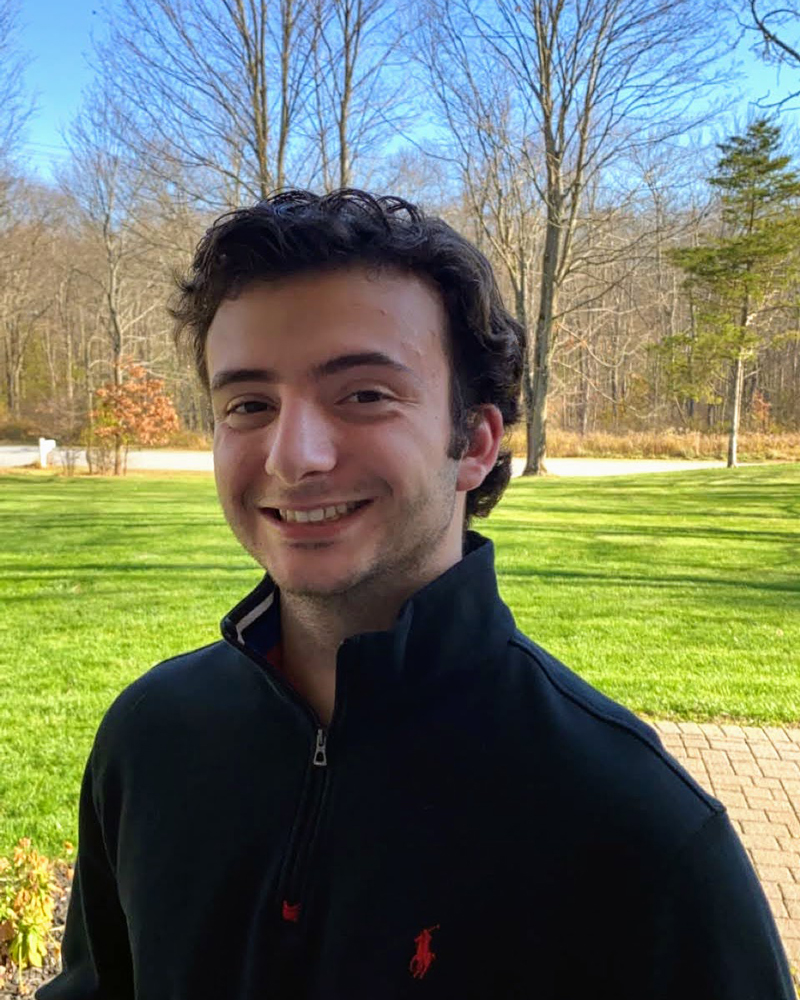 Zachary Tamweber, COE’22, “Human Surfactant Protein A and the Immune Response System”
Zachary Tamweber, COE’22, “Human Surfactant Protein A and the Immune Response System”
Mentor: Professor Mona Minkara, COE, Bioengineering
Human surfactant proteins play a diverse and important role in our lungs. Surfactant Protein A (SP-A) is a part of our innate immune system and is used to opsonize foreign pathogens in our alveoli, marking them for destruction by alveolar macrophages. The exact mechanism by which SP-A marks these invaders for phagocytosis is not well understood. By employing molecular dynamics simulations, I intend to simulate the interaction between SP-A and pathogens, particularly the SARS-CoV-2 virus. By improving our understanding of SP-A’s mechanism, we may discover better drug targets or treatment methods.
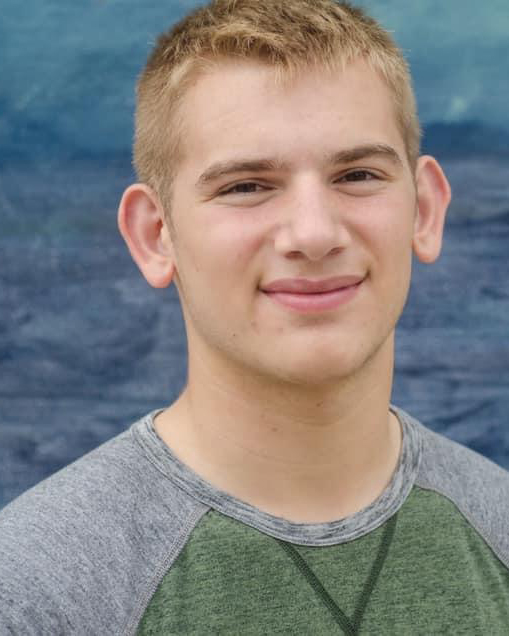 Harrison Voigt, CSSH’24, “Post-Pandemic City”
Harrison Voigt, CSSH’24, “Post-Pandemic City”
Mentor: Professor Thomas Vicino, CSSH, Political Science
The Post-Pandemic City project aims to answer how urban spaces/planning will be affected by COVID-19. To do so we will use a survey instrument to collect data from planning professionals in three major US metropolitan areas that represent archetypes: Atlanta (sprawled), Boston (academic), and Detroit (post-industrial). After receiving results from the survey, we will analyze and look for trends in the responses. Using this we plan on first writing a paper that will peer-reviewed and presented at an academic conference. Later, Professor Vicino plans to write a short book and potentially expand the survey to other cities.
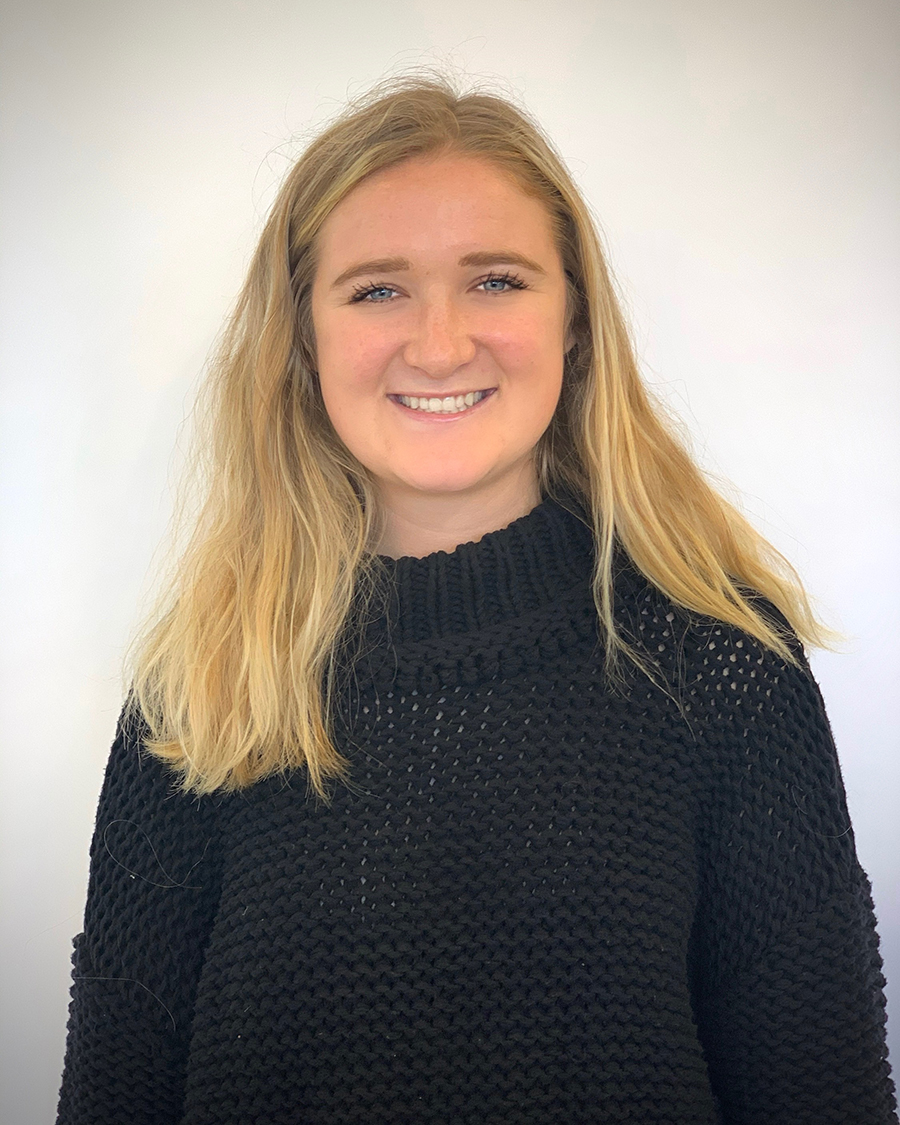 Erika Wheeler, COE’22, “Gender Differences on the GI tract in IBS and IBD Patients”
Erika Wheeler, COE’22, “Gender Differences on the GI tract in IBS and IBD Patients”
Mentor: Professor Abigail Koppes, COE, Chemical Engineering
The purpose of this project is to investigate and characterize differences in epithelial tissue of the gastrointestinal (GI) tract of male and female mice. This project will be continued throughout the Fall of 2021 while I continue my studies. This project would use epithelial tissue from male and female mice and stem cells to develop organoids to evaluate their characteristics to identify significant differences. The project would be shared at RISE and possibly the BMES symposium the following year.
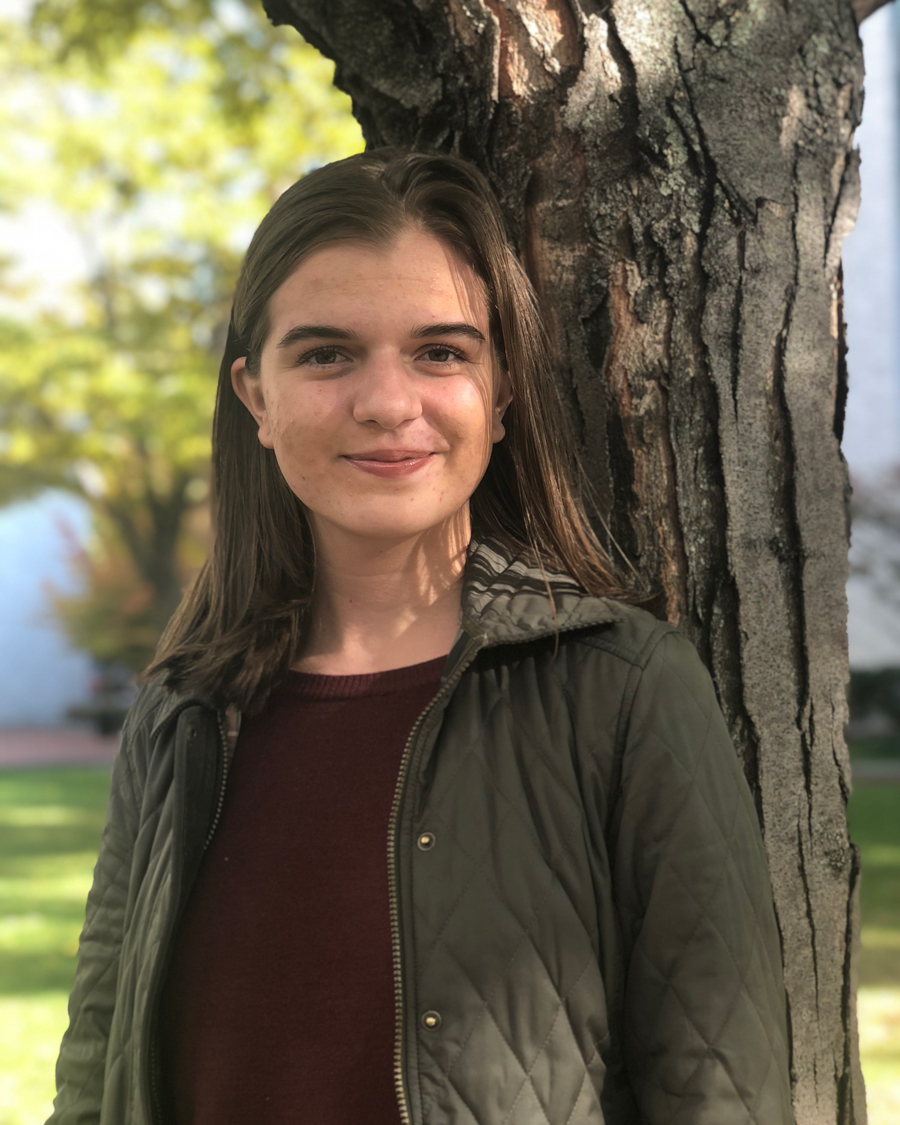 Anne Yauch, COS’23, “Modulation of Voltage-Gated Sodium Channel Nav1.6 by PIP2”
Anne Yauch, COS’23, “Modulation of Voltage-Gated Sodium Channel Nav1.6 by PIP2”
Mentor: Professor Leigh Plant, Bouvé, Pharmaceutical Science
Epilepsy is a severe and often debilitating disease that affects millions of people worldwide each year. One cause of this condition that has drawn interest is mutation to neuronal voltage-gated sodium channels. Of these, Na V 1.6 remains understudied but has great potential as a target for new epilepsy treatments. My project will examine the role played by the phospholipid PIP 2 , a membrane component known to interact with ion channels. Through computational and electrophysiological studies, I will investigate the effect that PIP 2 has on Na V 1.6, which I anticipate will be excitatory. I hope to share my findings at RISE 2022.
SUMMIT AWARDS
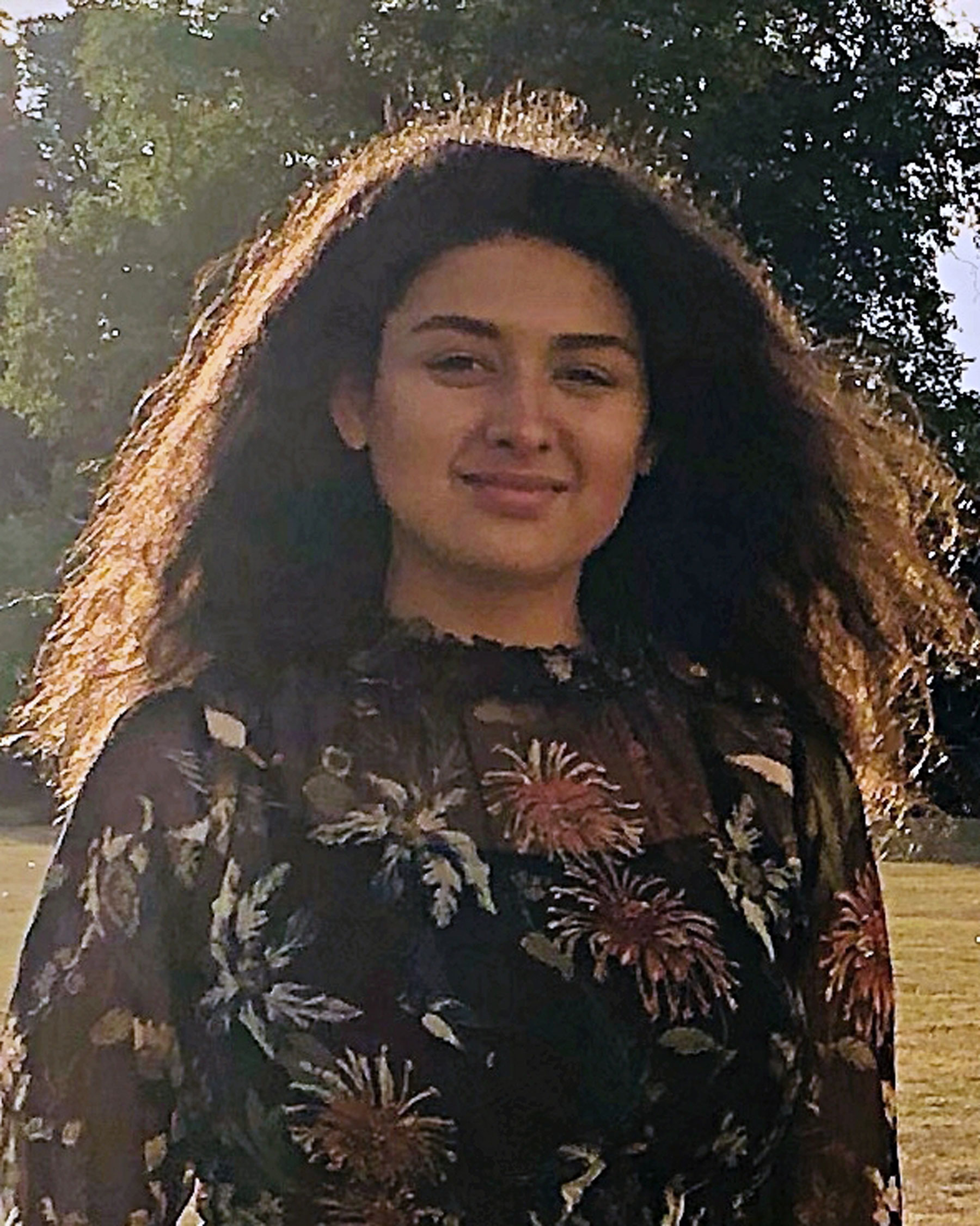 Diana Agori, DMSB’21, “Web-Platform for Musicians and Filmmakers Cross-Search in Russia”
Diana Agori, DMSB’21, “Web-Platform for Musicians and Filmmakers Cross-Search in Russia”
Mentor: Professor Maria Finkelmeier, CAMD, Music
The problem I hope to solve with my Trail-Blazer project is the lack of a centralized web-resource in the Russian-speaking markets, allowing for music creators (i.e. musicians, music scorers, composers, sound engineers, music arrangers) to showcase their talent and experience and be discovered by professionals in the film industry and other creatives (e.g. commercial video-makers, advertising creatives, TV industry creators) for further collaboration.
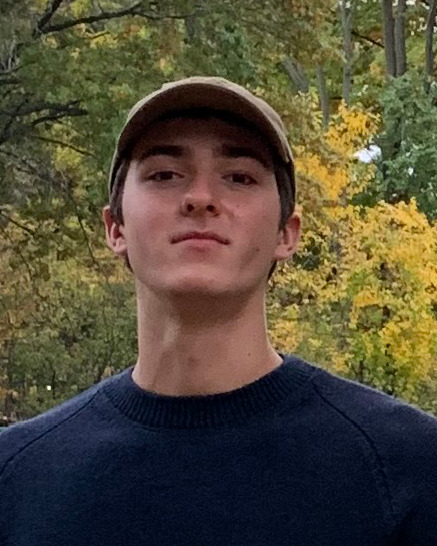
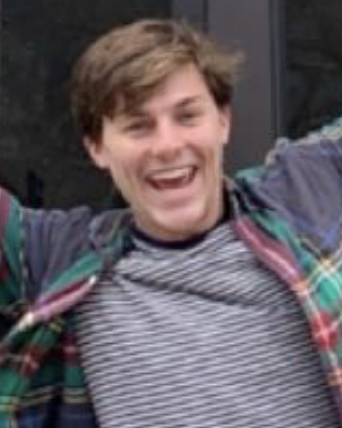
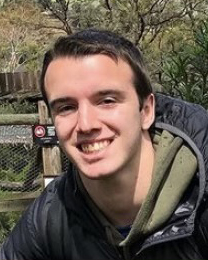 Alex Anderson, COS’23; Chase Leffers, COE’23; Scott Beattie, COE’23, “Project Mitosis”
Alex Anderson, COS’23; Chase Leffers, COE’23; Scott Beattie, COE’23, “Project Mitosis”
Mentor: Professor Robert McOwen, COS, Mathematics
Project Mitosis aims to develop self-replicating fabrication equipment that can be distributed to underserved educational institutions. The product will be capable of 3D printing and CNC milling, with all printed materials being made from bioplastics. It is estimated that the US public school system is underfunded by nearly one hundred-fifty billion dollars [Century Foundation, 2018]. Project Mitosis aims to solve this social development problem, by decentralizing access to STEM equipment. The societal benefits will be immeasurable in the long term, as the very nature of the S-RFE is to bring ideas to life, to empower those who wish to create.

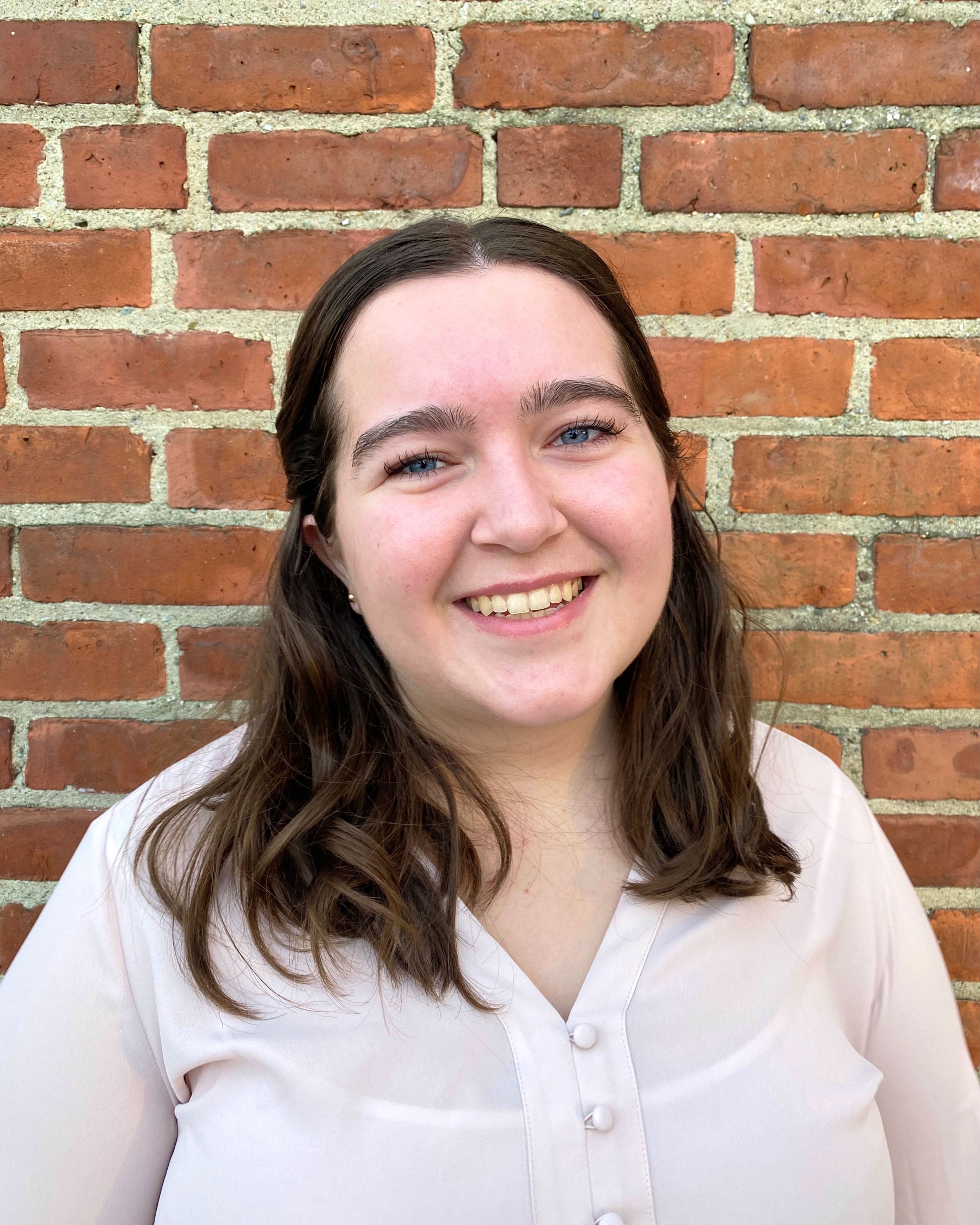 Adele Andrews, CSSH’23 & Madison McDermott, CSSH’23 “The Greenprint: Investigating Political Strategies for Promoting Local Green New Deals”
Adele Andrews, CSSH’23 & Madison McDermott, CSSH’23 “The Greenprint: Investigating Political Strategies for Promoting Local Green New Deals”
Mentor: Professor Daniel Faber, CSSH, Sociology and Anthropology
The Green New Deal (GND) is a framework for addressing climate change, environmental injustice, and inequality with significant political energy behind it. Local-level GNDs exist, but there is less discussion compared to the federal GND. The goal of “The Greenprint” would be to conduct interviews around political strategy areas such as funding and coalition building, using cities working on local GNDs as case studies. Based on the interview analysis and supplementary research, reports will be created for each strategy area. This builds on prior work creating a GND Cities Resource Hub and will be publicized through the hub network.
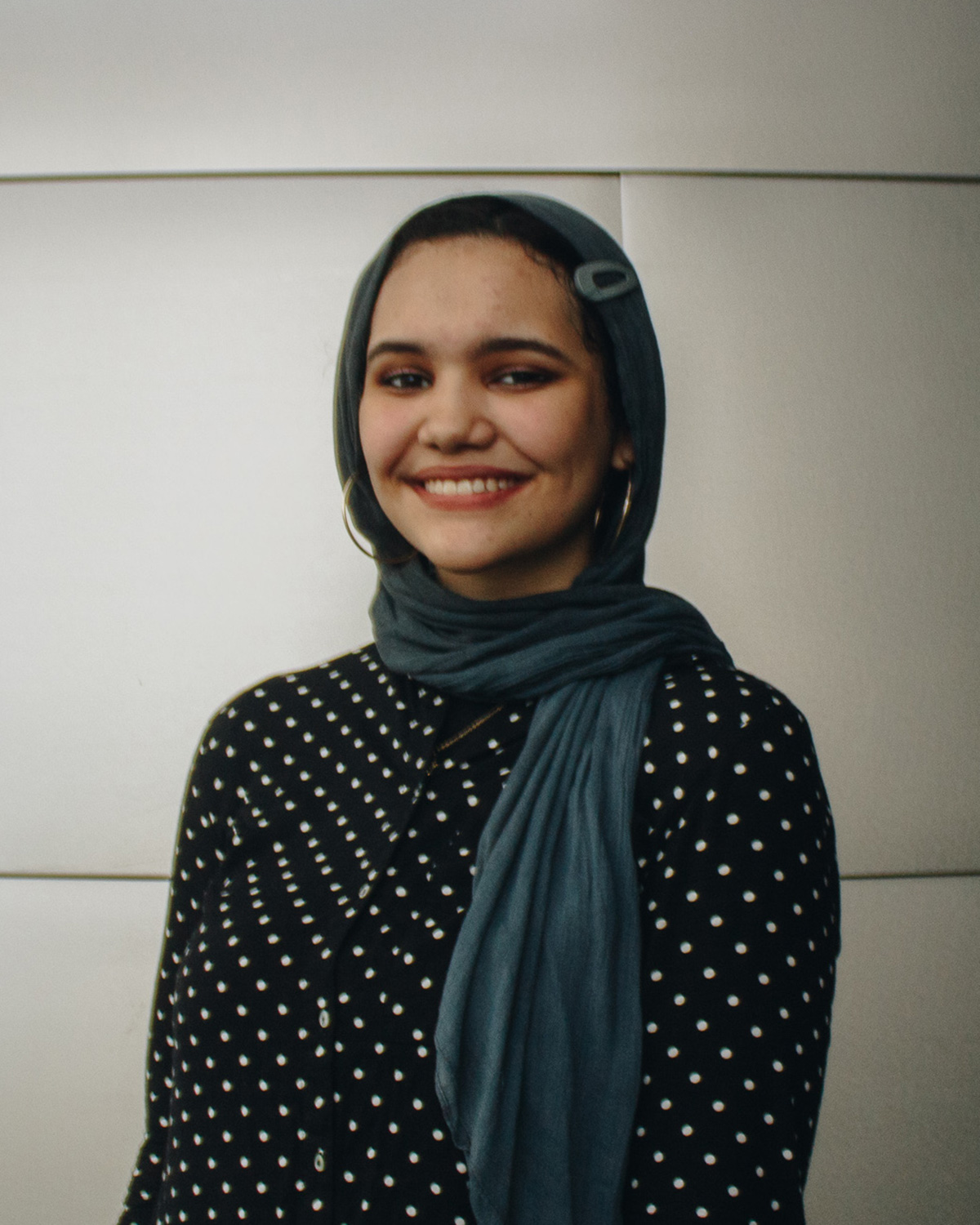 Bouchra Benghomari, COS’21, “Investigating Mechanisms of Susceptibility to Phage Predation in the Hospital-Acquired Lung Reservoir Pathogens Mycobacterium abscessus and Acinetobacter baumannii”
Bouchra Benghomari, COS’21, “Investigating Mechanisms of Susceptibility to Phage Predation in the Hospital-Acquired Lung Reservoir Pathogens Mycobacterium abscessus and Acinetobacter baumannii”
Mentor: Professor Edward Geisinger, COS, Biology
My project aims to identify genes in the highly antibiotic resistant emerging infectious disease Mycobacterium abscessus (Mab) involved in bacteriophage defense using transposon sequencing. This will allow us to better understand the biology of mycobacterial host-defense mechanisms, and optomize phage infection to be a routine therapy to clear Mab infection.
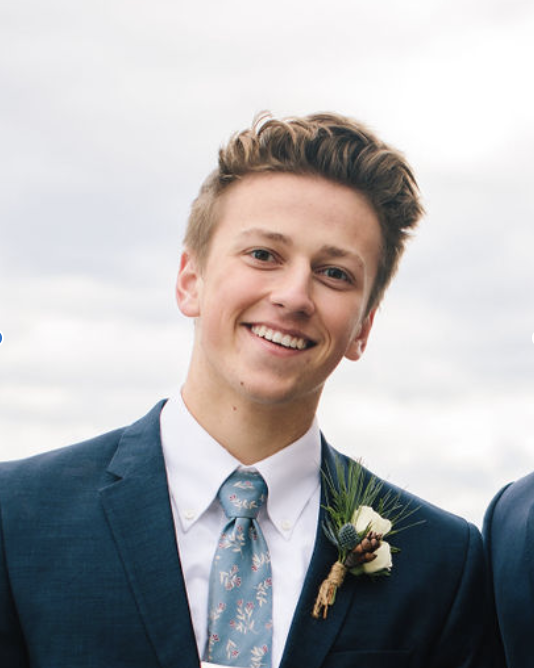 Tyler Bobbitt, COS’23, “Differential Mitochondrial Subtype Segregation as a Driver the First Cell Fate Decision in Mammals”
Tyler Bobbitt, COS’23, “Differential Mitochondrial Subtype Segregation as a Driver the First Cell Fate Decision in Mammals”
Mentor: Professor Jonathan Tilly, COS, Biology
Cell lineage fate decisions are involved in every process in the body. However, the underlying driver behind arguably the most important cell fate decision the emergence of the first two distinct cellular lineages in life, has remained elusive. By using lineage tracing and immunofluorescence techniques to explore whether a differential allocation of mitochondrial subtypes, distinguished by differences in their biochemical properties, affects cell fate specification in the preimplantation embryo, we hope to not only begin to shift current views of mitochondria in embryogenesis, but also the pivotal, and novel, role mitochondrial heterogeneity plays in cell fate decisions in general.
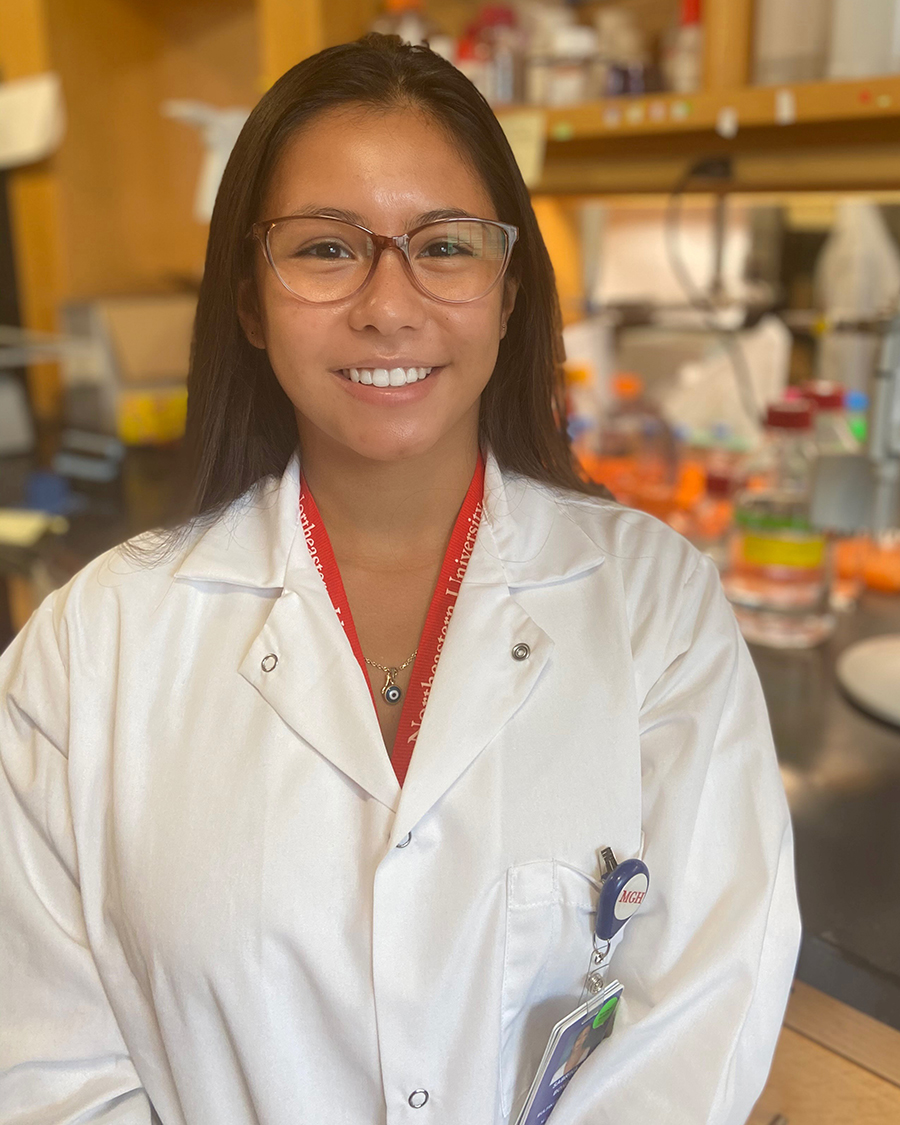 Sabrina Bond, COS’22, “Variability and stability in skill acquisition”
Sabrina Bond, COS’22, “Variability and stability in skill acquisition”
Mentor: Professor Dagmar Sternad, COS, Biology
Human performance in motor tasks is thought to worsen with noise. However, previous research from the Action Lab has shown that adding noise to a virtual throwing task improves the performance of participants and. These results are surprising given that a task such as throwing requires precise arm movement coupled with large acceleration. To strengthen our previous results and rule out confounding variables, we seek to repeat this experiment with a target in another spatial location. These results will be published to support/reject previous hypothesis and will be presented at conferences in the Fall of 2021.
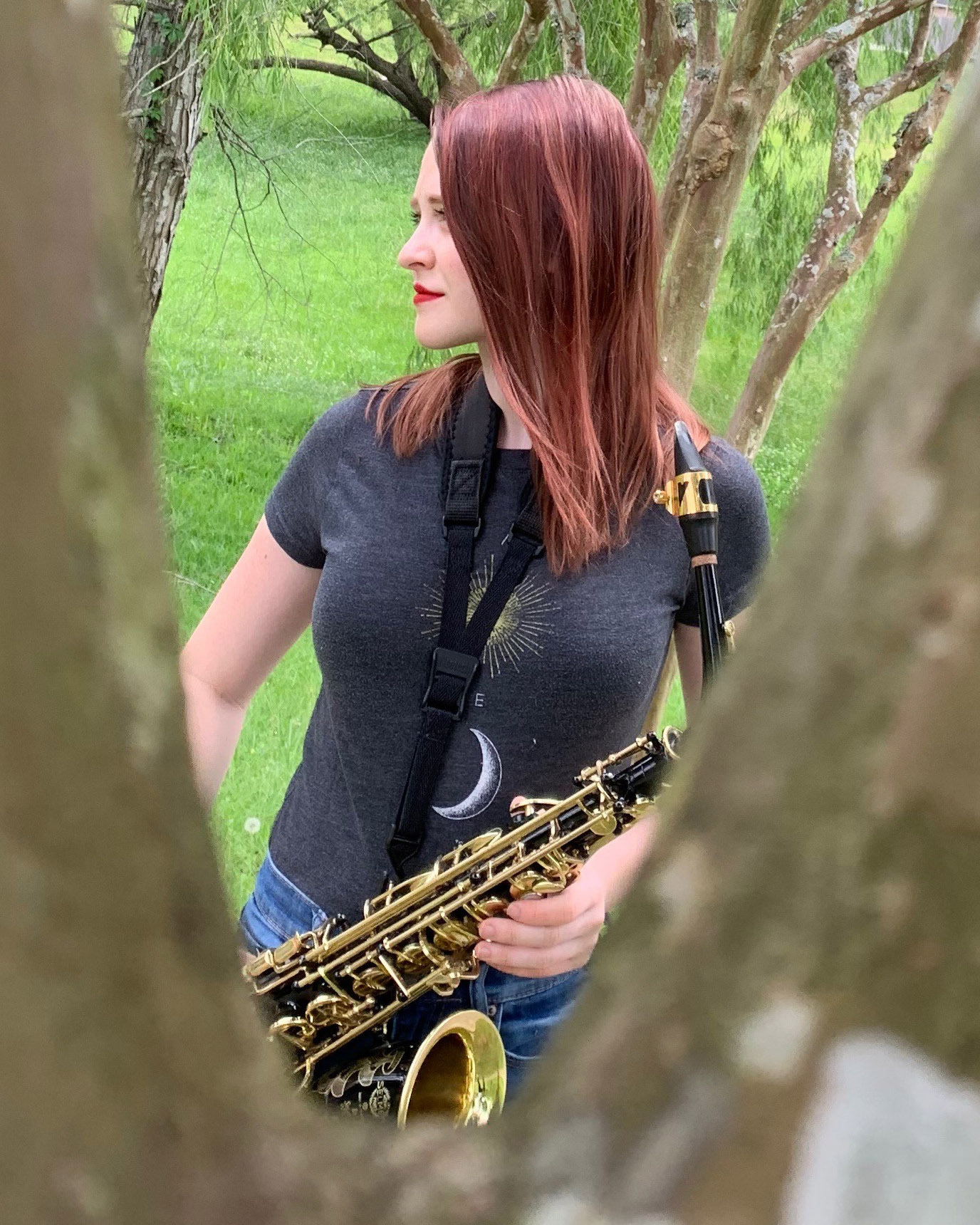 Ashley Brown, COS’24, “Cancer Rhetoric among Scientists in the early twentieth century”
Ashley Brown, COS’24, “Cancer Rhetoric among Scientists in the early twentieth century”
Mentor: Professor Sari Altschuler, CSSH, English
For my project, I combine two humanistic perspectives, rhetorical analysis and the history of science, to discuss shifts in the perception of cancer in early twentieth-century North America. To do this, I will randomly select articles about cancer from the Journal of the American Medical Association and the Journal of American Medical Sciences between the years 1898 and 1918. I will sort rhetoric by connotation and study in-depth two to five articles with the most supporting citations for my analysis. My expected outcomes are a five to seven-page paper and preparation to present this work as a poster.
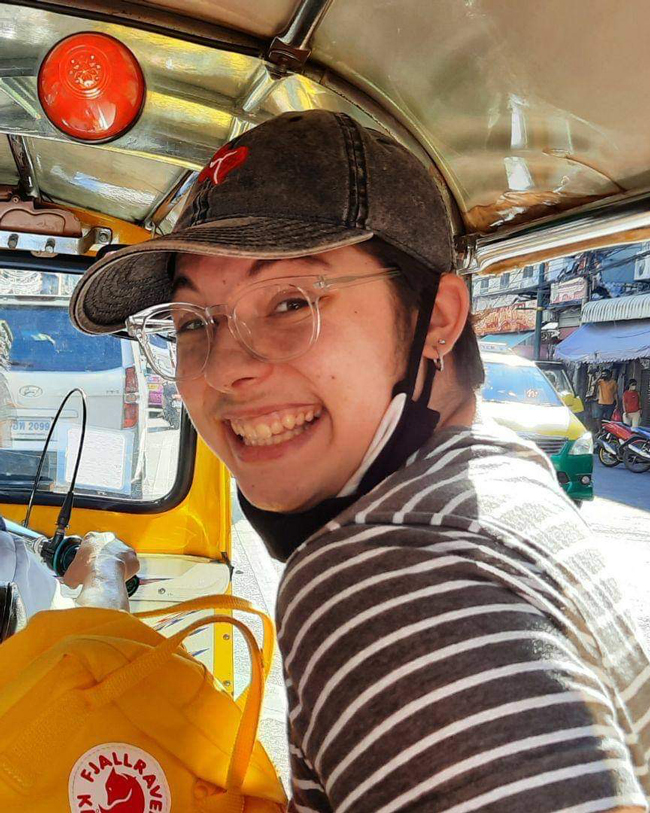 Jasper Duval, CSSH’23, “‘We Live in Garbage’: Legal Exclusion in a Non-Notified Settlement in Mumbai”
Jasper Duval, CSSH’23, “‘We Live in Garbage’: Legal Exclusion in a Non-Notified Settlement in Mumbai”
Mentor: Professor Liza Weinstein, CSSH, Sociology and Anthropology
This project is an offshoot of my PEAK Base Camp and Ascent projects, which looked at how spatial stigma impacts the mental wellbeing of residents of Kaula Bunder, a non-notified informal settlement in Mumbai, India. Having familiarized myself with this community and its residents’ narratives, the current project focuses on coding and analysing new qualitative data from Kaula Bunder, including life histories and ethnographic field notes, with an aim to investigate the construction of the legal exclusion of this settlement (i.e., its non-notification status). The larger project is funded by the National Science Foundation.
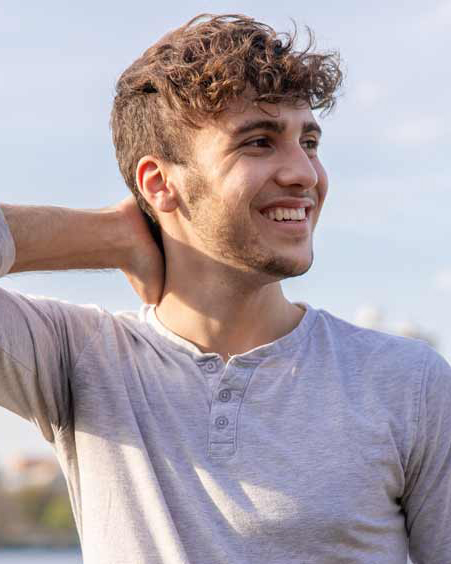 Lucas Faria de Sa Tucker, COS’23, “Transcription of the Dragon Prayer Book”
Lucas Faria de Sa Tucker, COS’23, “Transcription of the Dragon Prayer Book”
Mentor: Professor Erika Boeckeler, CSSH, English
This project aims to not only further the transcription of the Dragon Prayer Book, but to reformat existing transcriptions in keeping with best practices and create a more organized and useful archive to be used by experts in the field, student researchers, and eventually the general public as well.
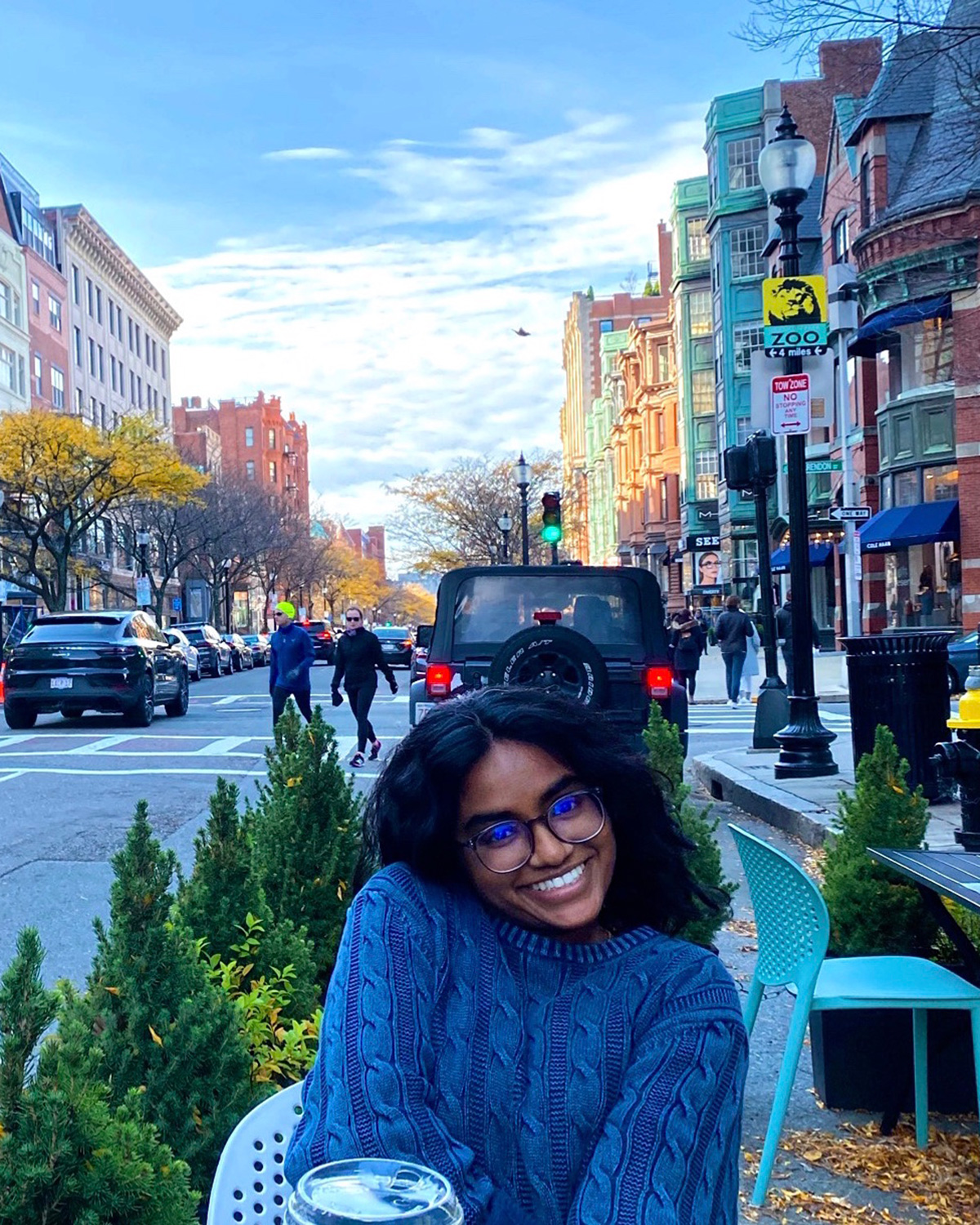 Ramya Kumar, COS’22, “Development of Lipoplexes-Containing Cryogels for Cancer Immunotherapy”
Ramya Kumar, COS’22, “Development of Lipoplexes-Containing Cryogels for Cancer Immunotherapy”
Mentor: Professor Sidi Bencherif, COE, Chemical Engineering
This project will involve integrating lipoplexes into cryogels to create an innovative immunotherapy. Cryogels are a form of macroporous hydrogels, and Lipoplexes are a non-viral vector that can carry nucleic acids into the body. Cryogels have never been used as a method for delivering lipoplexes as immunotherapy, until now. The research will examine the effectiveness of this technology in-vitro and in-vivo; effectiveness will evaluated using flow cytometry and ELISA assays. If the method is effective, this therapy will illicit a strong immune response while maintaining a cell viability greater than 90%. Results from the study will be shared at RISE.
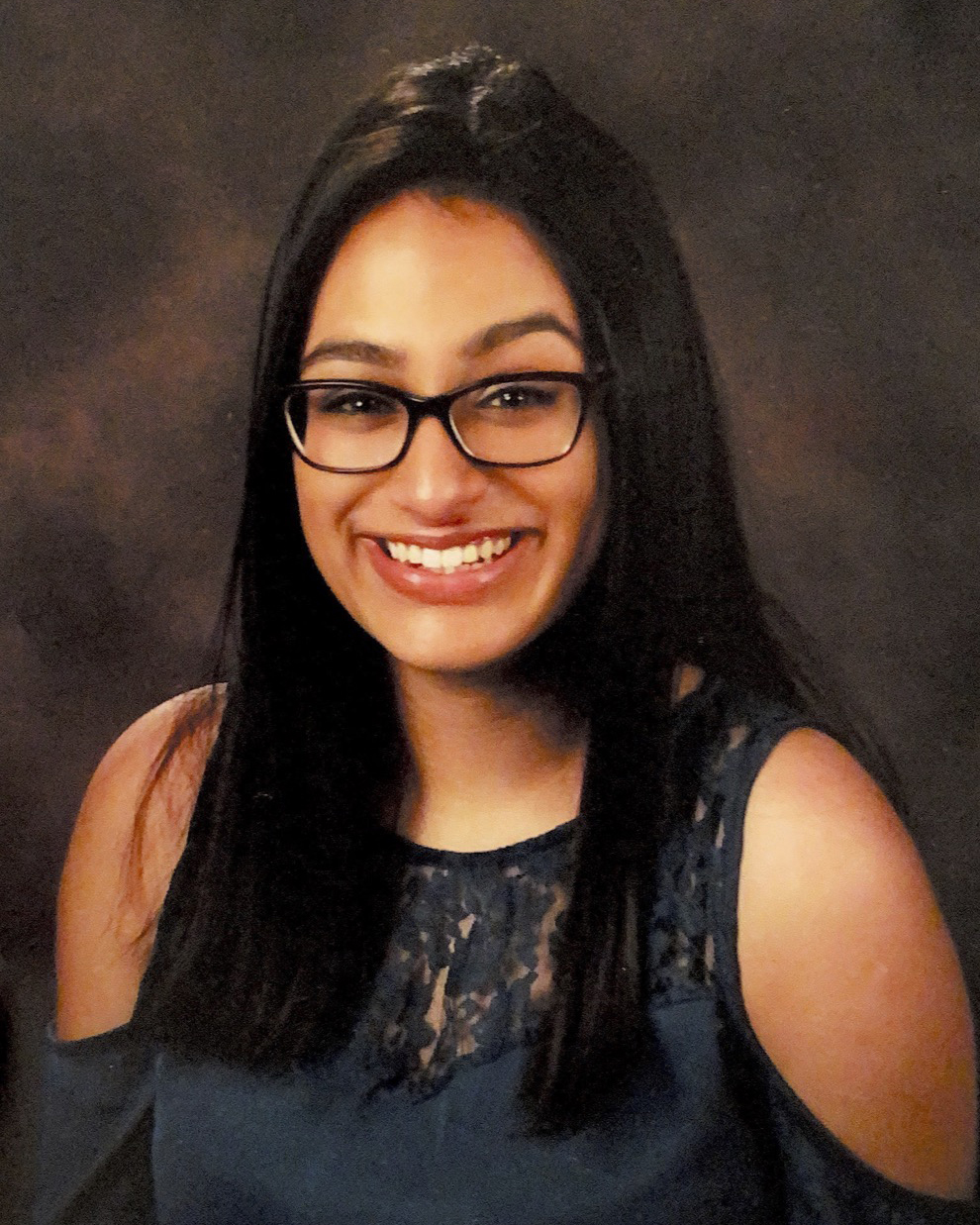 Savita Maharaj, CSSH’22, “Early Black Boston Curriculum”
Savita Maharaj, CSSH’22, “Early Black Boston Curriculum”
Mentor: Professor Nicole Aljoe, CSSH, English
This research project creates an adaptable curriculum about Early Black Boston for the public (including schools, community organizations, after school programs, etc) t hat revolves around four units based on (1) Boston’s historical background, (2) space/place (specifically looking at the way space is used and who takes up space), (3) lost narrative/attempted erasure, and (4) uplifting the race. These units embody the themes this digital project encompassess. My hope is that this project contributes to pre-twentieth century archival work, especially in terms of remixing the archives as well as empowering and giving space to marginalized stories that are often not told.
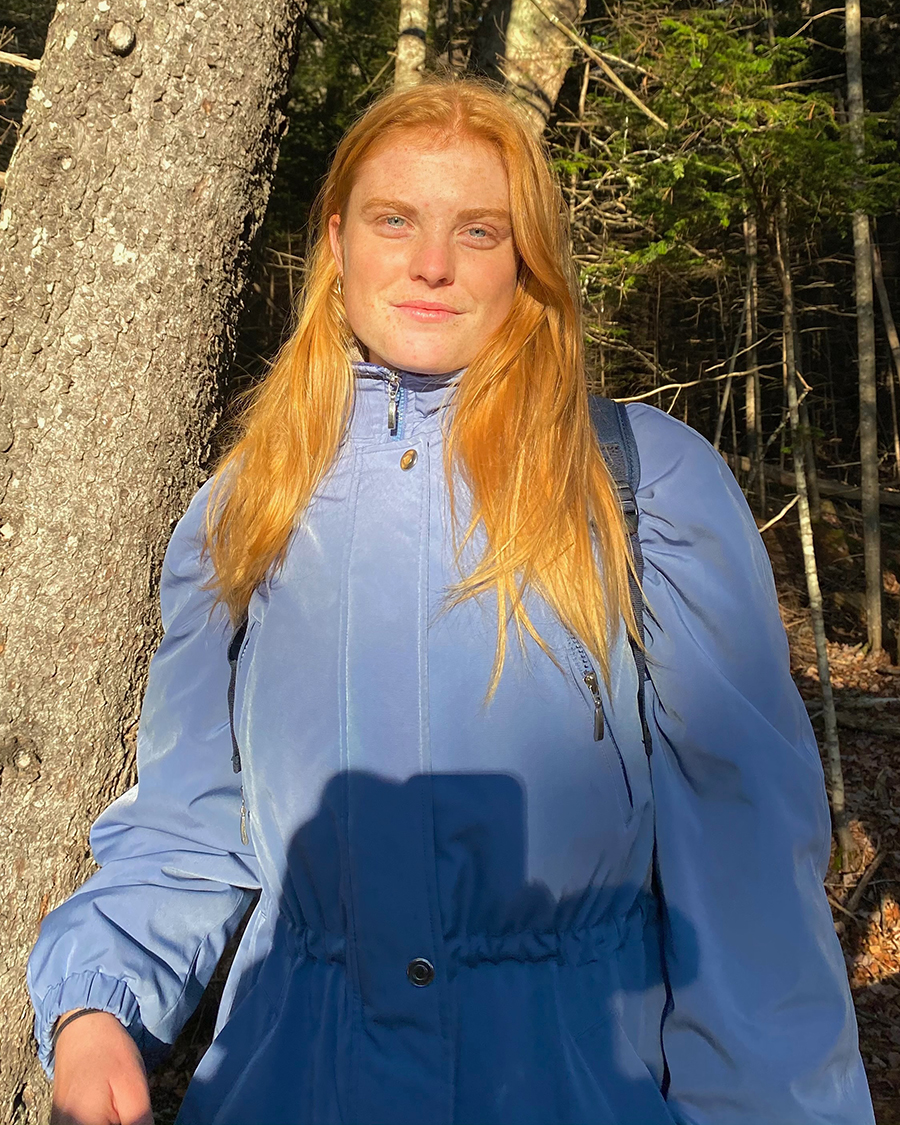 Charlotte Mulica, CSSH’22, “Acknowledgment, Redress, and Closure”
Charlotte Mulica, CSSH’22, “Acknowledgment, Redress, and Closure”
Mentor: Professor Nicole Fadeke Castor, CSSH, Philosophy and Religion
On March 22, 2021, the “Local Reparations Restorative Housing Program” in Evanston, Illinois, set the precedent for the first reparations program in America for Black decendents of slavery. I propose to submit a peer-reviewed article for publication in an academic journal and in the popular press regarding the need for an improved, and true reparations program in Evanston. I will draw on the works of leading scholars in the field. I plan to holistically explore the case for reparations nationwide, and examine Evanston, Illinois, as a localized case study, dating back to the incorporation of the city in 1863.
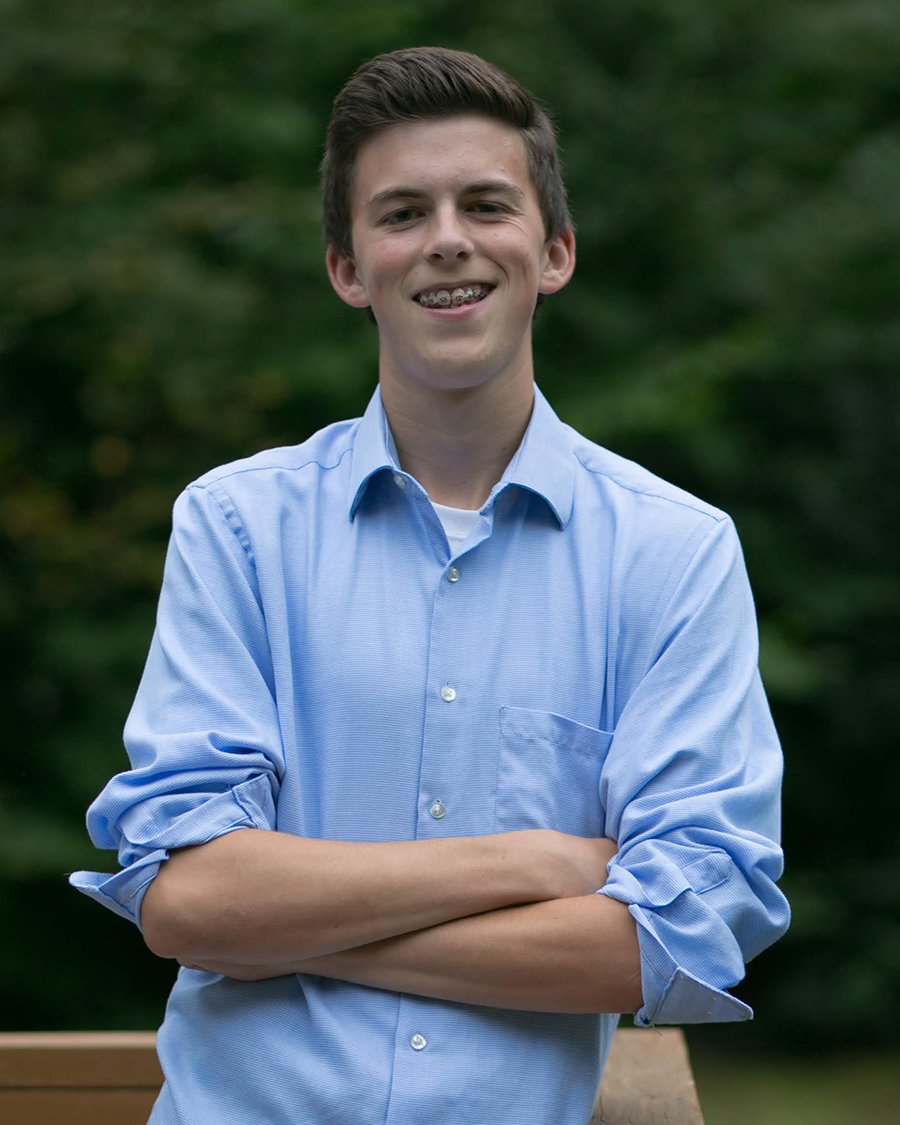 Connor Newman, COS’23, “Characterization of the Biochemical Properties of EppR Repressor Activity”
Connor Newman, COS’23, “Characterization of the Biochemical Properties of EppR Repressor Activity”
Mentor: Professor Veronica Godoy-Carter, COS, Biology
The project involves looking at the biochemical properties and functions of EppR, a DNA damage sensing transcription factor in A. baumanii, a bacteria that quickly acquires antibiotic resistance. EppR contains two truncations, an N-terminal domain used in DNA binding, and a C-terminal domain of unknown function. Through purification and analysis, it is expected that the function of the C-terminal domain can be discovered. It is anticipated that dimerization of the C-terminus is required for DNA binding, and that it contains a DNA damage sensing domain which allows EppR to control expression of error-prone DNA polymerases.
 Derrick Salvatore, COS’22, “PFAS in American Indian and Alaska Native Communities”
Derrick Salvatore, COS’22, “PFAS in American Indian and Alaska Native Communities”
Mentor: Professor Phil Brown, CSSH, Health Sciences
Systemic environmental health disparities exist for residents of U.S. Tribal lands including access to safe public drinking water and differences in drinking water quality as compared to non-Tribal lands. This project will investigate PFAS contamination by evaluating all existing testing for PFAS in groundwater and drinking water on Tribal lands, and by conducting PFAS sampling of Tribal lands’ waterways in the Northeast, using spatial analysis to determine proximity of Tribal lands to potential contamination sources. It is likely that there is unknown PFAS exposure in these communities, and these results will be shared at the annual ASA conference.
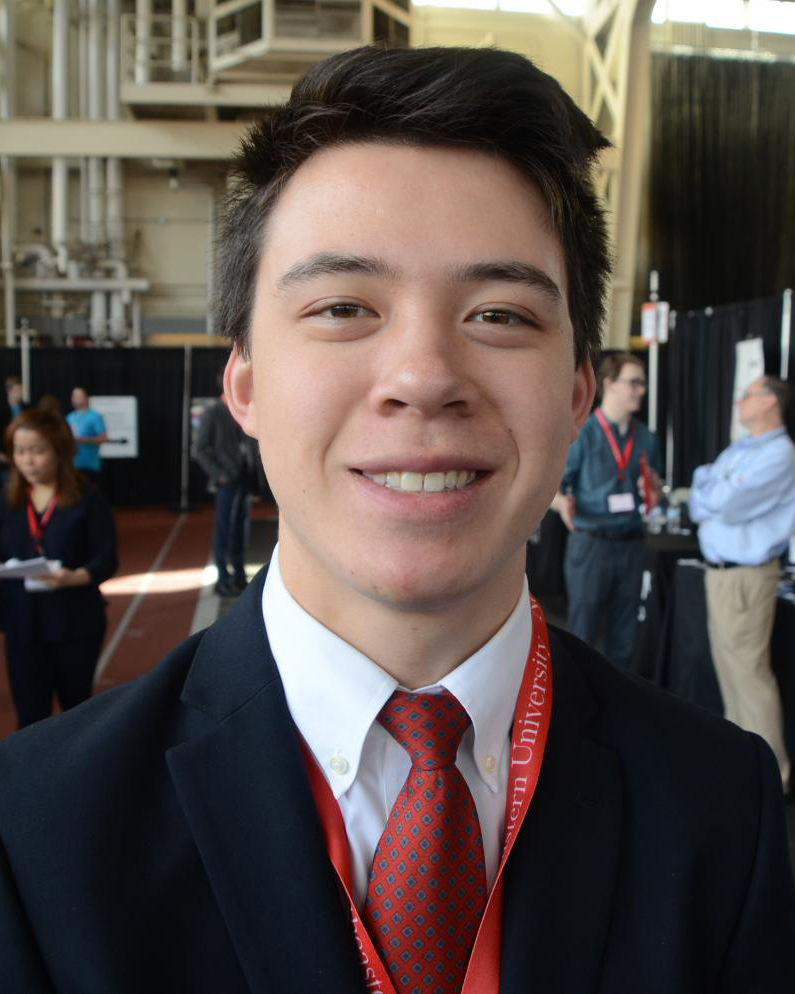 Matthew Schroeter, COE’22, “Design of Feedback Driven Actuators for Flapping Wing Drone”
Matthew Schroeter, COE’22, “Design of Feedback Driven Actuators for Flapping Wing Drone”
Mentor: Professor Alireza Ramezani, COE, Electrical and Comp Engineerng
Underground sewer systems are rapidly deteriorating, exposing an urgent need to develop efficient sewer diagnostic tools. Current sewer inspection methods are too inaccurate to reliably identify sewer faults. Our solution is Aerobat, a bio-inspired flapping wing robot, which can be deployed in swarms to rapidly identify regions of sewer needing repair. The goal of this project is to develop novel actuators that provide Aerobat closed loop flight control, providing the basis for higher level path planning to be implemented in future works. This will significantly advance the mobility of aerial vehicles by improving the feasibility of flapping wing drones.
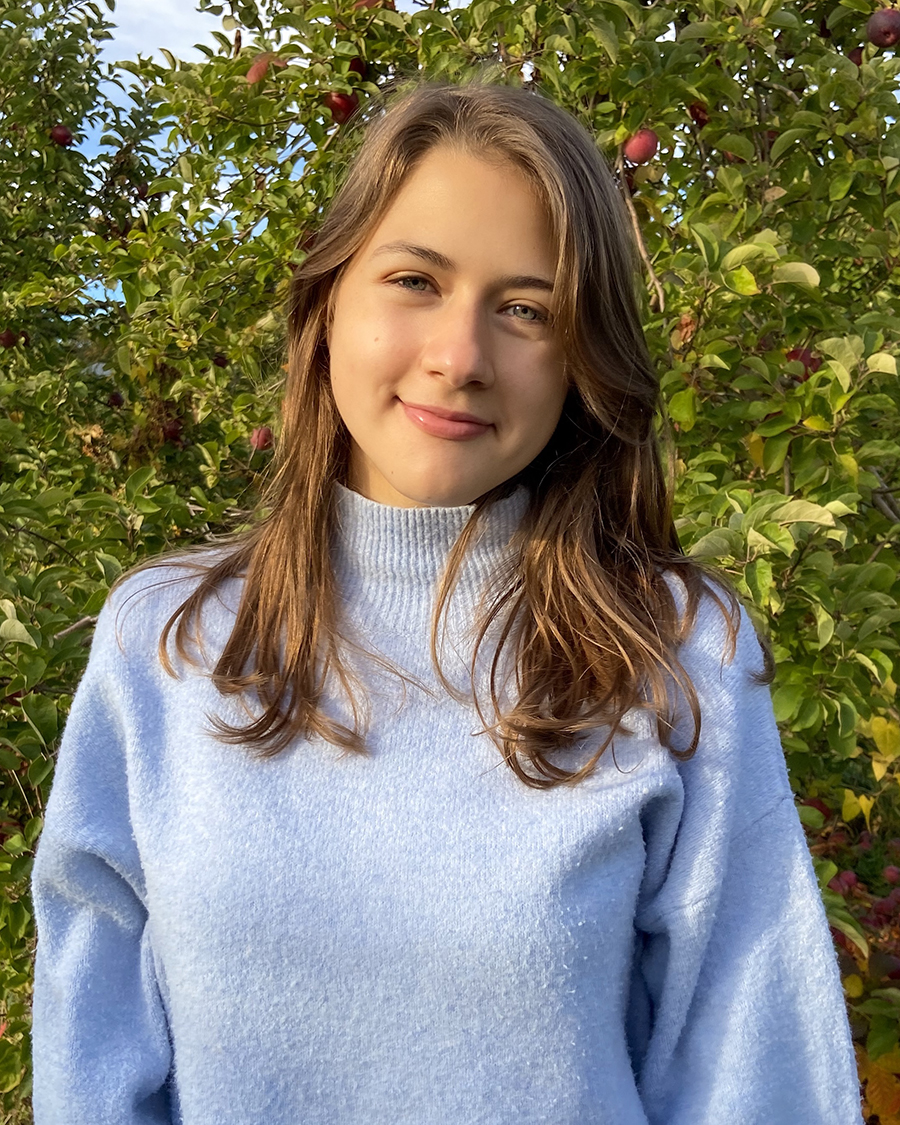 Rayne Skillin, COE’23, “The Effect of Drifting Non-Stationary Components in the Lorenz System on Predictably with Application to Urban and Non-Urban Climate Observations”
Rayne Skillin, COE’23, “The Effect of Drifting Non-Stationary Components in the Lorenz System on Predictably with Application to Urban and Non-Urban Climate Observations”
Mentor: Professor Auroop Ganguly, COE, Civil & Environmental Engineer
Natural chaos in the earth system resulting in inherent limits to climate predictability must be accounted for when formulating disaster preparedness and recovery measures for populous urban centers, which have recently experienced increased intensity and frequency of climate extremes. To better understand differences in climate predictability between urban and non-urban areas, this project seeks to detect the presence of a drifting non-stationary component in simulated Lorenz system data and to explore the presence of chaos in observed urban and non-urban temperature and precipitation data. Upon completion, these interrelated hypothesis-driven studies will be submitted for publishing in peer-reviewed academic journals.
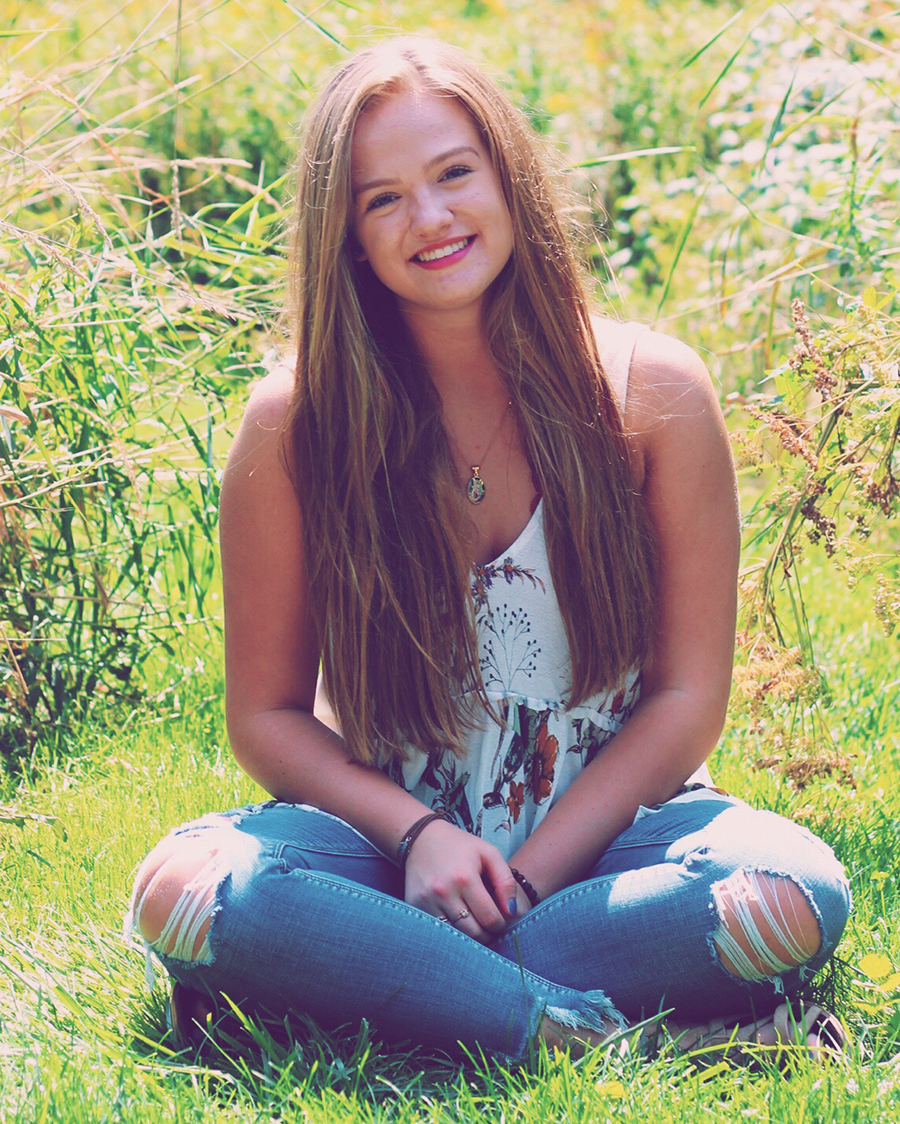
Ciara Sosnowski, CAMD’23, “Arts, Health, and Wellbeing: A Literature Review”
Mentor: Professor Rebekah Moore, CAMD, Music
In June of 2020, Mayor Walsh declared racism a public health emergency in the city of Boston. Structural racism negatively impacts the health of people of color in a myriad of ways, and our research team is looking into the ways in which more extensive arts programs can be implemented into BIPOC identifying communities around Boston to empower collective wellbeing. Through this research, we aim to identify if continued participaton in community arts initiatives such as music, visual arts, and more, can contribute to protective health factors against structural racism for BIPOC students.
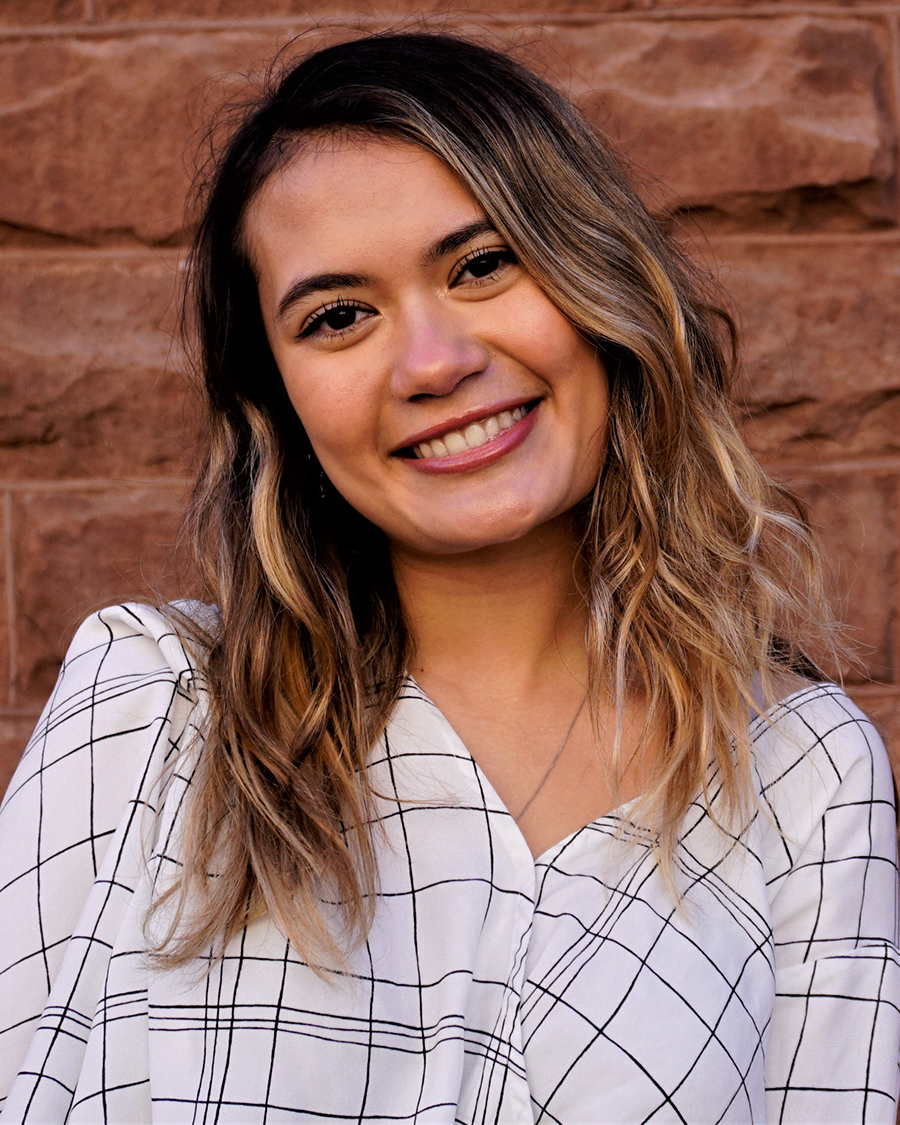 Aisha Svihla, COE’21, “Developing Oxygen-Controlling Cell Culture Vessels for Hypoxic 2D Cell Culture”
Aisha Svihla, COE’21, “Developing Oxygen-Controlling Cell Culture Vessels for Hypoxic 2D Cell Culture”
Mentor: Professor Sidi Bencherif, COE, Chemical Engineering
Cell culture is one of the most useful and ubiquitous techniques in biomedical research. Oxygen is an essential and critical parameter in cell culture and plays a vital role in cell function and proliferation but is not conventionally controlled in traditional cell culture systems. To address this unmet need in 2-D cell culture we aim to endow the cell culture vessels that scientists already use to culture their cells with oxygen-controlling capability. This technology bypasses the need for costly laboratory equiptment and provides a ready-to-use cell culture vessel that precisely controls oxygen.
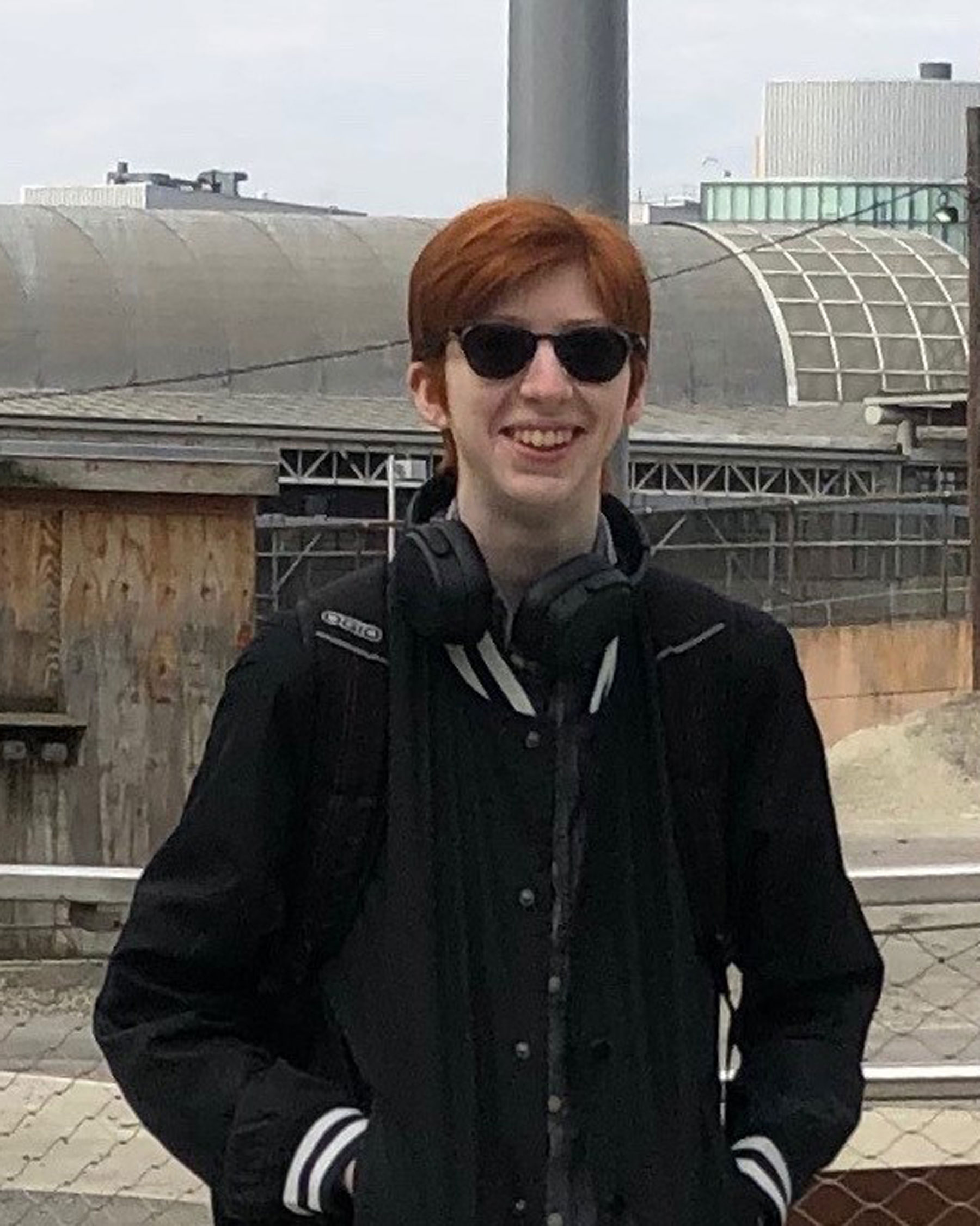 Henry Volchonok, COS’22, “Decolonial Design”
Henry Volchonok, COS’22, “Decolonial Design”
Mentor: Professor Ellen Cushman, CSSH, English
We are surrounded by logos seemingly simple little designs that represent the clothes we wear, the foods we eat, and the bands we listen to. A logo can represent a thing, but can it represent a living, breathing community? I hope to design a logo that represents the Cherokee people by working with community members, basing the design on traditional Cherokee art, and detailing the design process in an accompanying write-up. The logo will then be used by DAILP, a digital archive dedicated to Cherokee language preservation and perseverance, to directly benefit the community.
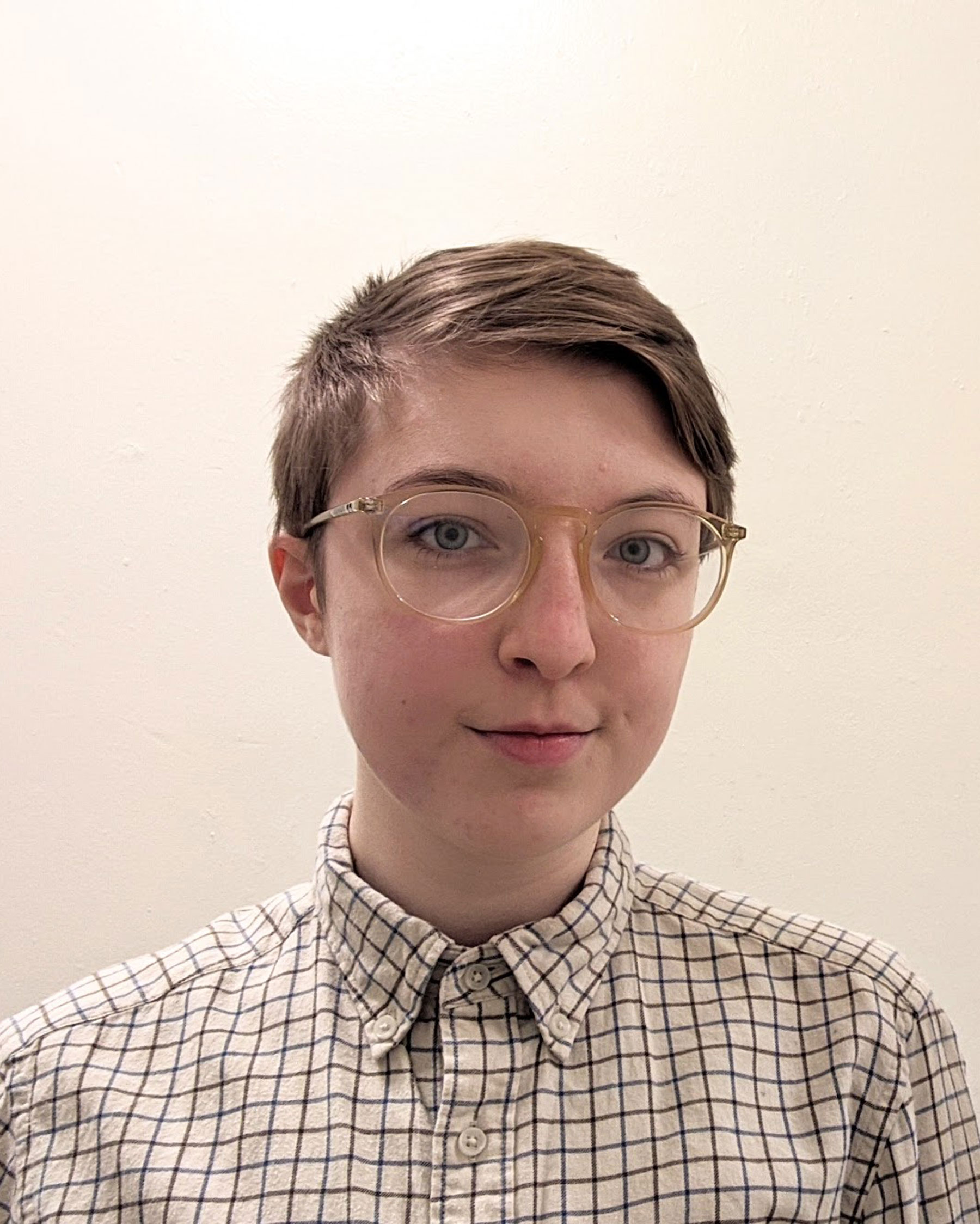 Kailey Williams, CAMD’23, “Visualizing Climate Justice: Graphic Design for Climate Communication and Mobilization”
Kailey Williams, CAMD’23, “Visualizing Climate Justice: Graphic Design for Climate Communication and Mobilization”
Mentor: Professor Daniel Faber, CSSH, Sociology and Anthropology
The objective of my project is to create a toolkit which will share effective graphic design principles for encouraging climate action grounded in psychological research. I will apply these findings to past and current imaginings of the Green New Deal (GND), and will create a series of example posters and infographics guided by my research. Such a resource does not currently exist, and will be immediately useful to many Boston-based and national organizations in helping them to quickly and efficiently implement design principles to inspire the communities they work with to take action around the GND.
TRAIL BLAZER AWARD
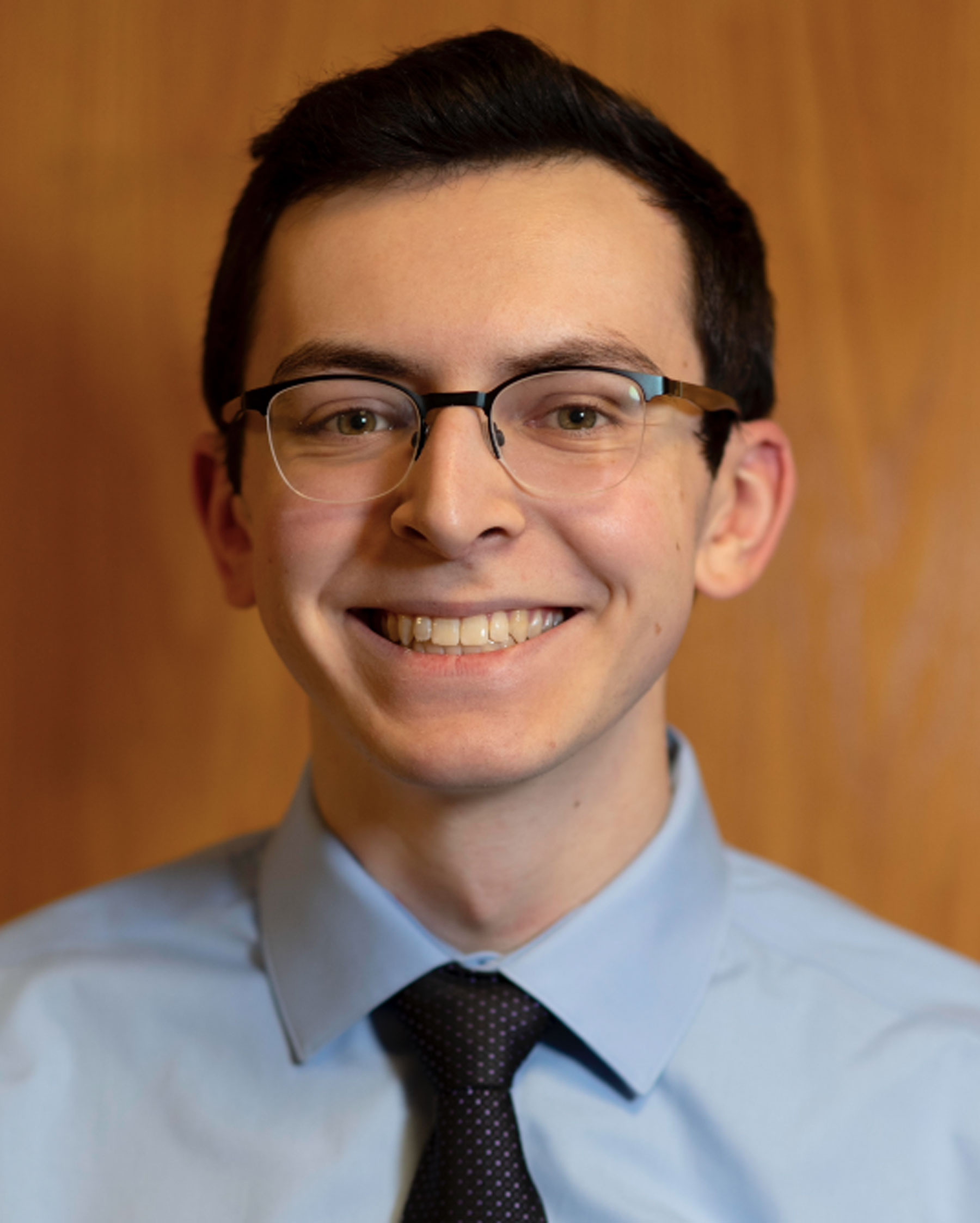 Brian Best, COS’21, “Effect of the Dual-Specificity Kinase DYRK3 on HSV-1 Replication”
Brian Best, COS’21, “Effect of the Dual-Specificity Kinase DYRK3 on HSV-1 Replication”
Mentor: Professor Erin Cram, COS, Biology
Herpes simplex virus type 1 (HSV-1) creates a range of infection outcomes including asymptomatic infection, orofacial sores, and life-threatening encephalitis. Upon infection, HSV-1 forms membrane-less phase-separated viral replication compartments (VRCs) in the host cell nucleus where all steps of viral replication and packaging occur. However, the mechanisms underlying the formation and maintenance of VRCs are not well understood. DYRK3, a cellular kinase which dissolves phase-separated condensates, has a potential role in the maintenance of HSV-1 VRCs. Using transfection, infection, and confocal microscopy, we will investigate the effects of DYRK3 overexpression and inhibition on VRCs, which may uncover novel antiviral targets.
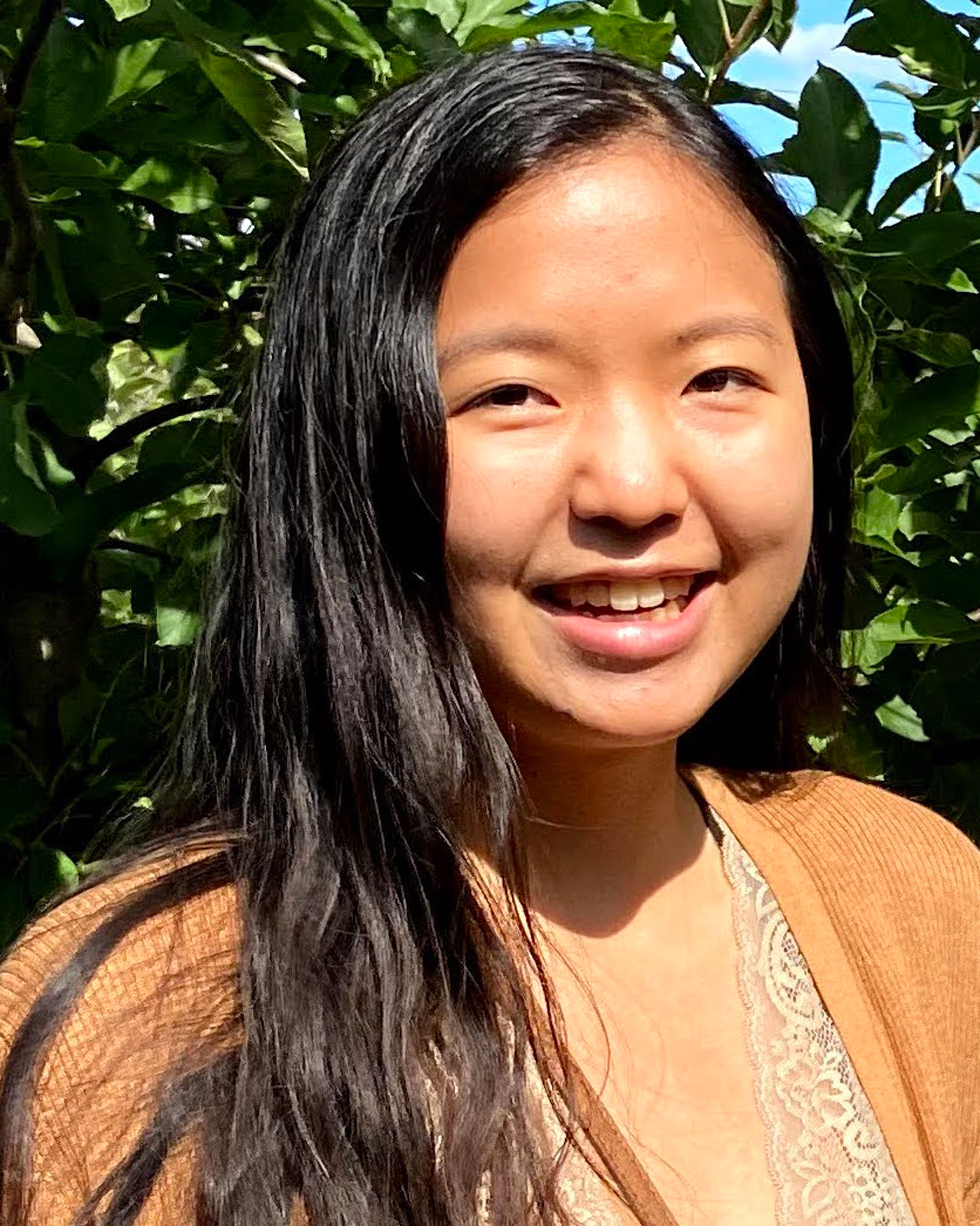 Sarah Bluhm, COS’22, “Domestication of Previously Uncultured Microorganisms”
Sarah Bluhm, COS’22, “Domestication of Previously Uncultured Microorganisms”
Mentor: Professor Slava Epstein, COS, Biology
The intent of this project is to probe the reasons certain microorganisms can be grown in the laboratory while some cannot. Previous research has shown that microbes may gain the ability to be grown in vitro if they are subjected to a specific isolation procedure. In this project, a new cultivation device, the Gulliver, will be used to probe influences in this phenomenon, and genetic techniques will also be used to gain insight into possible mechanisms of adaptation.
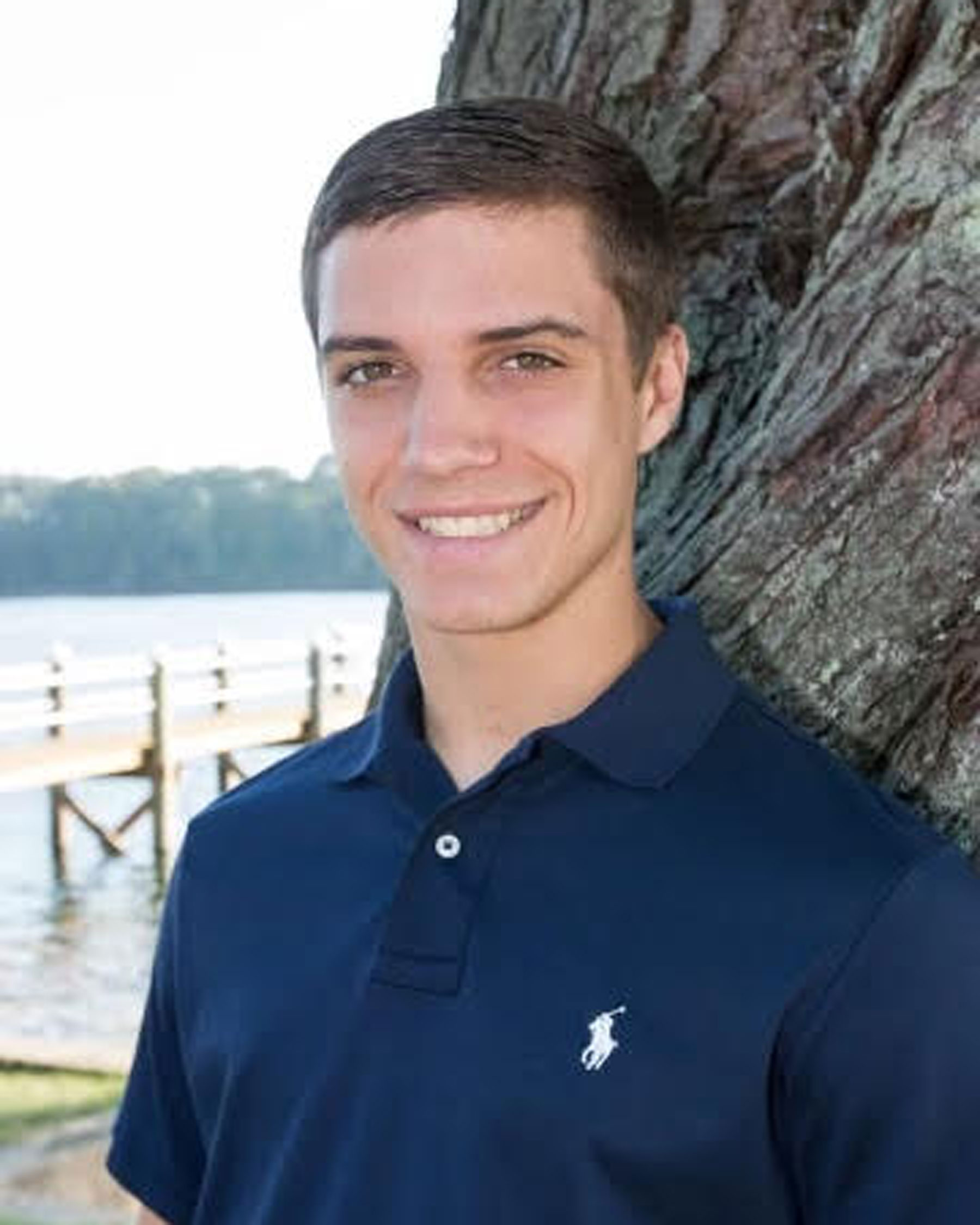 Ryan Brady, COE’22, “Integration of Biological Sensors into Organ-on-Chip Systems”
Ryan Brady, COE’22, “Integration of Biological Sensors into Organ-on-Chip Systems”
Mentor: Professor Ryan Koppes, COE, Chemical Engineering
The goal of this project is to integrate multiple biological sensors into an Organ-on-Chip (OOC) to better characterize the system. Specifically, I plan to integrate three sensing capacities: pH, O 2 , and optical fluorescence as they provide a representative overview of cell growth conditions. Traditional OOCs utilize microscopy to assess cell characteristics. The integration of thes sensors will provide a quantitative alternative in order to more accurately capture cell behavior. This is directly appicable to OOCs due to their use as disease and organ models for drug development. The more complete data can be collected, the more effective models they become.
 Ben Carter, COE’21, “The Effects of External Stimulants on the Expression and Differentiation of Intestinal Epithelium”
Ben Carter, COE’21, “The Effects of External Stimulants on the Expression and Differentiation of Intestinal Epithelium”
Mentor: Professor Ryan Koppes, COE, Chemical Engineering
Many mental diseases, such as Alzheimer s Disease, Parkinson s Disease, and depression have been linked to inflammation in the gut, which is caused by an imbalance between the immune system and gut bacteria. The mechanisms by which bacteria cause inflammation and disease are not fully understood. This project aims to progress the current knowledge of gut-bacterial imbalance by investigating how the gut epithelial lining responds to bacterial and other external stimulants.
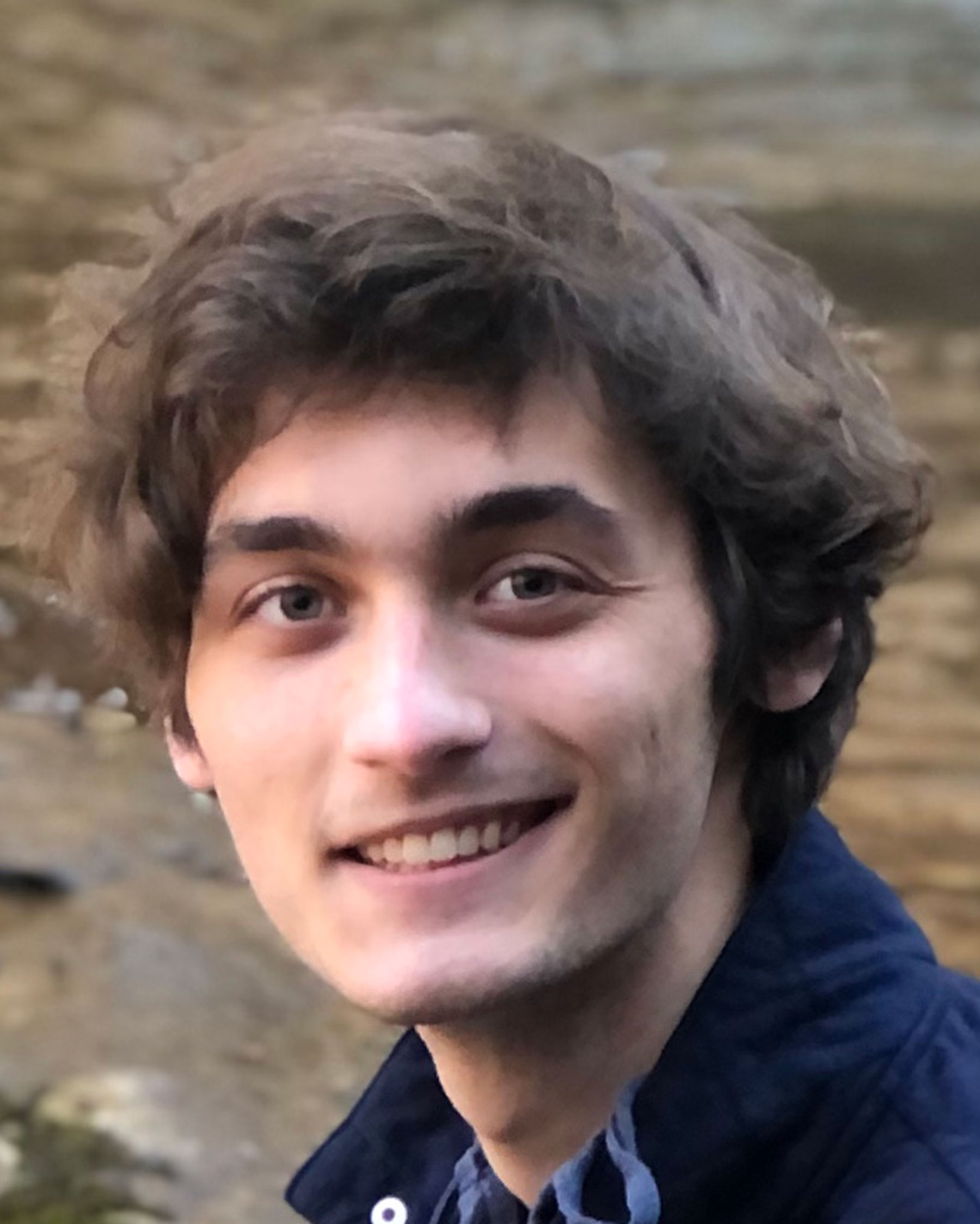 Max Daniels, Khoury’22, “Message Passing Algorithms for Compressed Sensing with Generative Priors”
Max Daniels, Khoury’22, “Message Passing Algorithms for Compressed Sensing with Generative Priors”
Mentor: Professor Matan Harel, COS, Mathematics
Compressive sensing (CS) is a problem that can be used to recover missing or corrupted data by leveraging a prior assumption on the structure of the missing information. In this project we hope to design a ‘best of both worlds’ algorithm for solving CS problems by combining two powerful tools: the use of generative neural network priors and of approximate message passing (AMP) algorithms. Previous combinations of AMP and generative priors operate only at small scales or on randomized networks. Our goal is to design a large scale AMP algorithm for solving compressive sensing with learned generative priors.
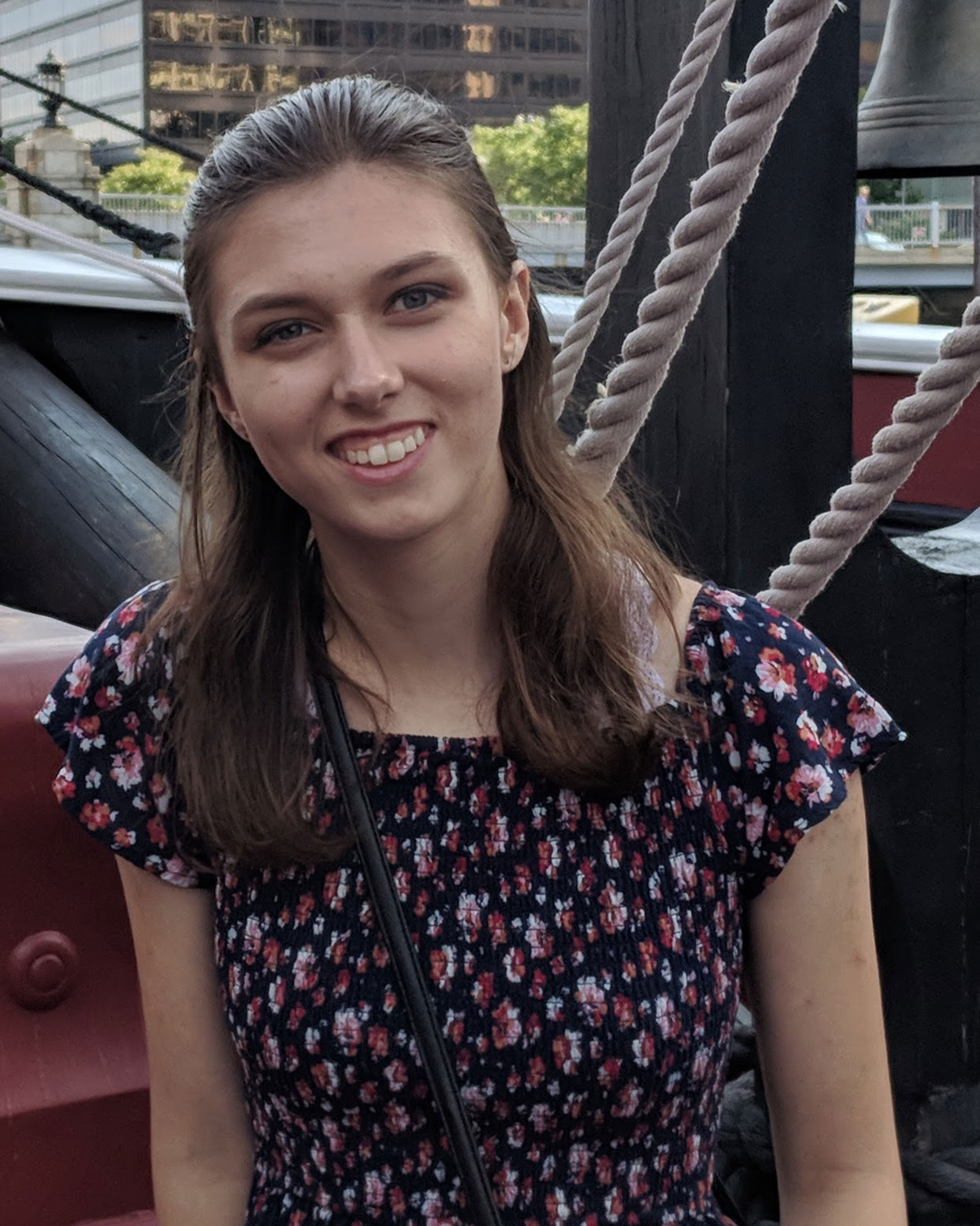 Lauren MacDonald, COS’22, “Nitrogen and Phosphorus Uptake in Cyanobacteria Blooms”
Lauren MacDonald, COS’22, “Nitrogen and Phosphorus Uptake in Cyanobacteria Blooms”
Mentor: Professor Amy Mueller, COE, Civil & Environmental Engineer
The Charles River is not currently safe for recreation due to high concentrations of cyanobacteria that produce dangerous cyanotoxins and negatively impact the ecosystem. Nitrogen and phosphorus are known to accelerate the growth of cyanobacteria. This project aims to understand how the ratio between these two nutrients correlates with summertime cyanobacteria blooms by collecting granular data on nutrient concentrations in water and within cyanobacteria. This data will be corroborated with lab-scale bioassays that will compare the growth of cyanobacteria under various nutrient enrichment conditions. Collecting this data will illuminate the causes of cyanobacteria blooms which will help to eliminate them.
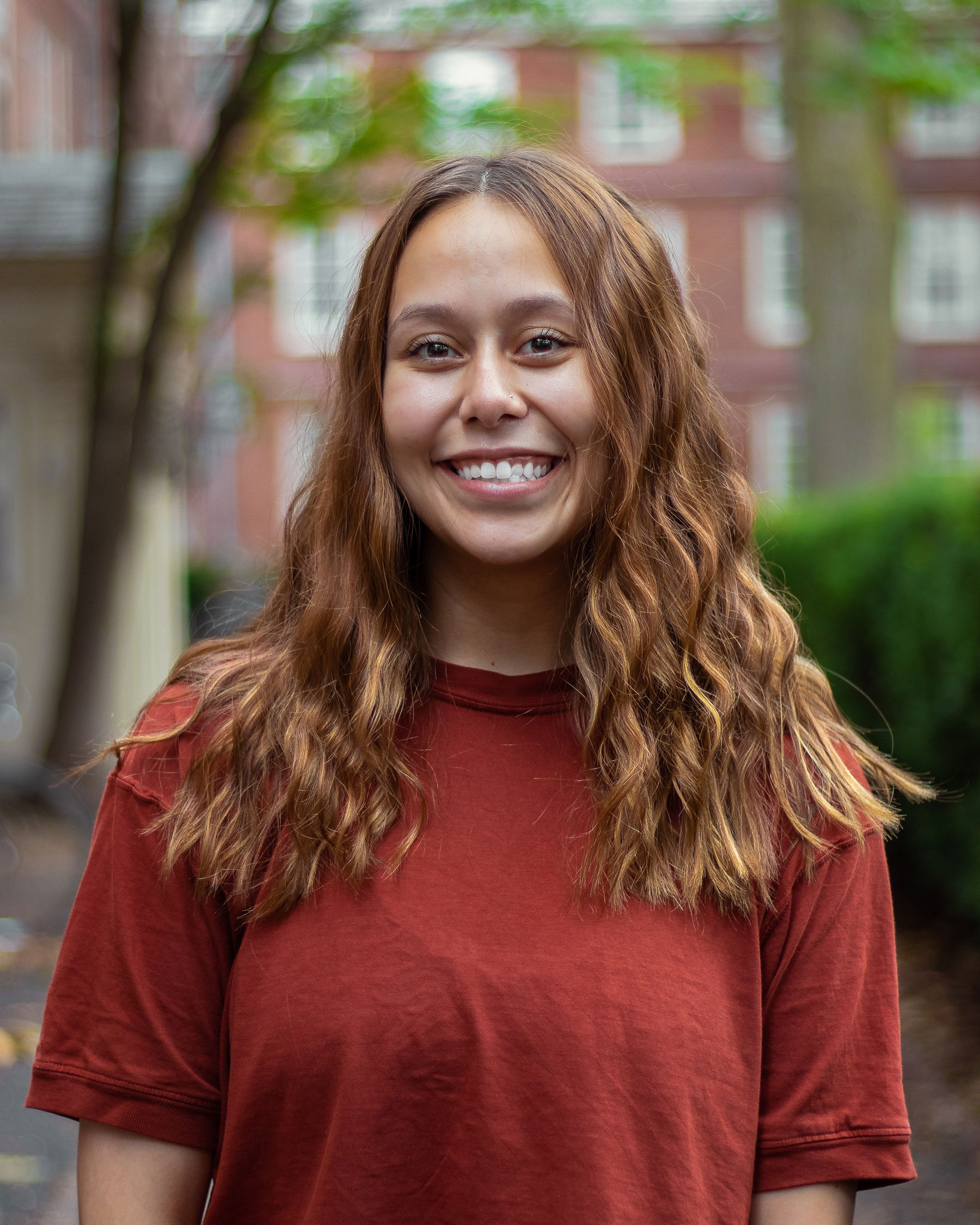 Sophia Paldino, COS’21, “Restoration of Egg Quality in Females: Mitochondria to the Rescue”
Sophia Paldino, COS’21, “Restoration of Egg Quality in Females: Mitochondria to the Rescue”
Mentor: Professor Dori Woods, COS, Biology
Reproductive aging in women is an irreversible process marked by a decline in the quality and quantity of ovarian follicles (containing cumulus cells surrounding one egg), leading to low pregnancy and birth rates as maternal age increases. Amounting evidence supports the role of mitochondrial function in aging, and recent publications have demonstrated rescue of fertility in aged mice after supplementing with NAD+, a mitochondrial complex I substrate. Informed by preliminary data collected using novel technologies developed by our lab, this project proposes a multiparametric analysis of ovarian follicle mitochondria after NAD+ treatment to explain the mechanism behind this fertility rescue.
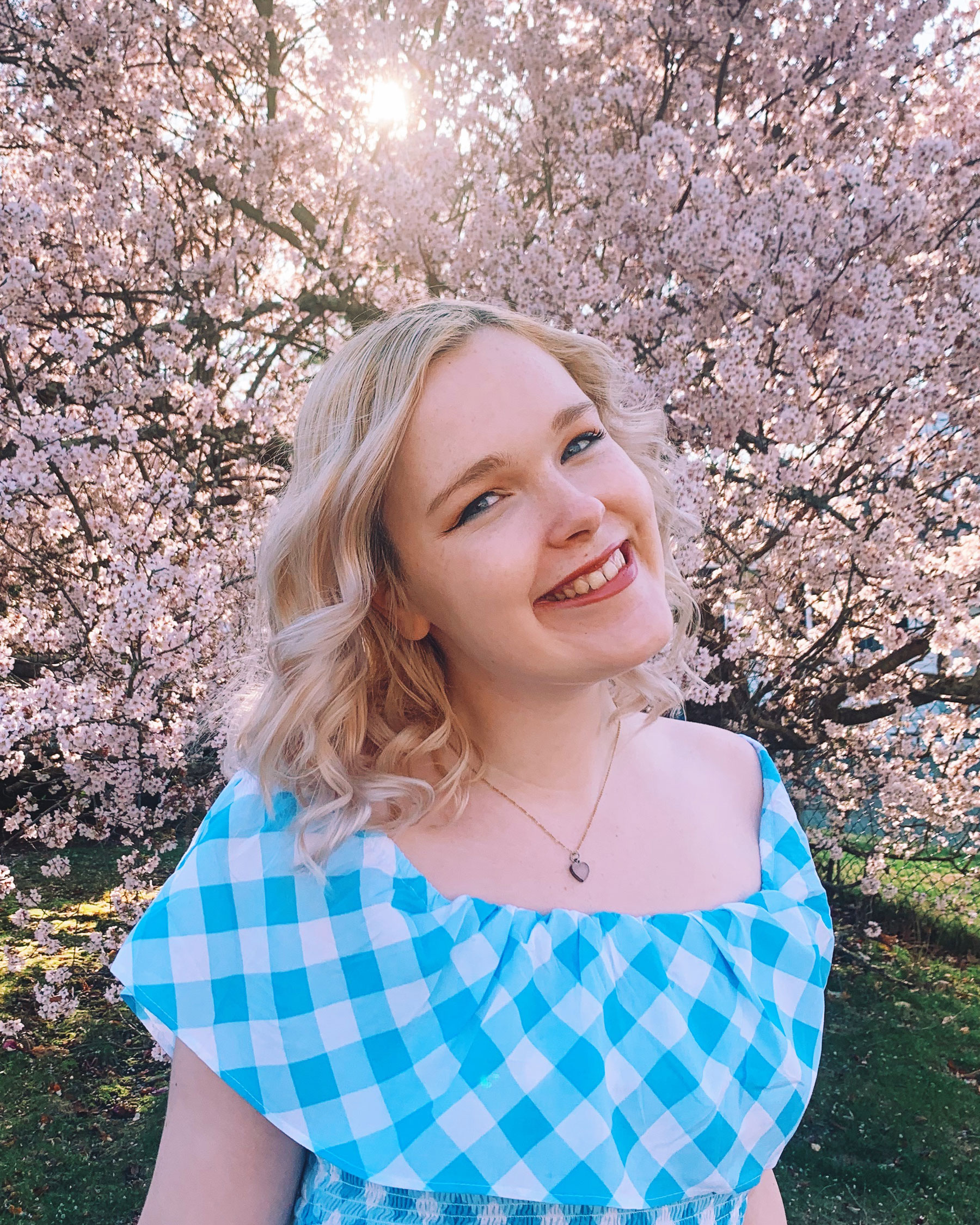 Meryl Prendergast, CAMD’22, “Chaos Creators: Using Fashion to Spark Environmental Change”
Meryl Prendergast, CAMD’22, “Chaos Creators: Using Fashion to Spark Environmental Change”
Mentor: Professor Frances McSherry, CAMD, Theatre
I would like to explore how art can transform the way we interact with science. Building upon my previous creative endeavor where I traveled across the United States designing a clothing line regarding the US environmental crisis, I will construct eight looks from my collection. I will showcase these physical looks in a series of fashion videos filmed at the locations that inspired these designs.These films will focus on issues in four regions: the ocean, desert, grasslands, and forest. By targeting specific regions for each video, my viewers will see their own community presented, connecting them personally to the issue.
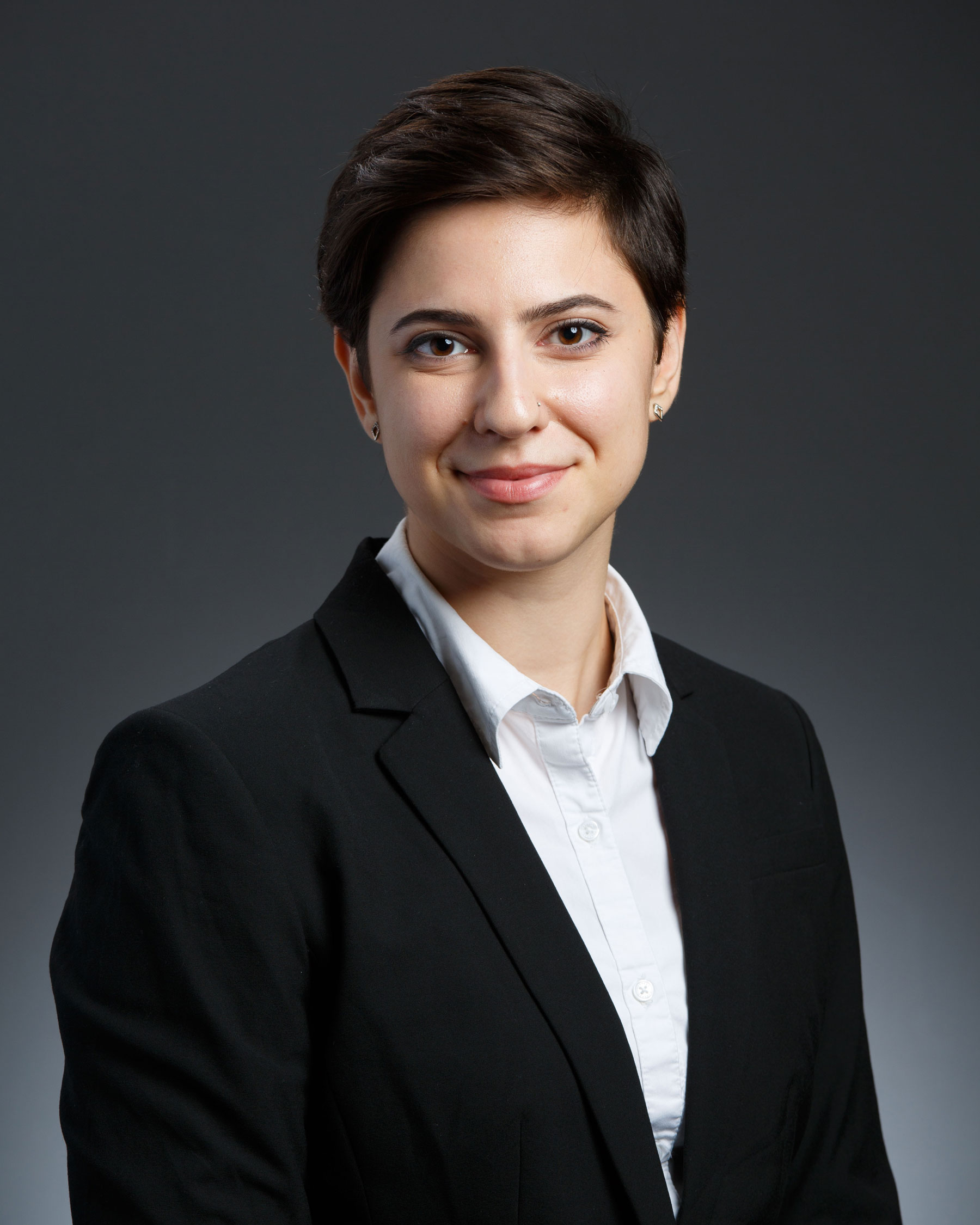 Alexandra Silverman, COE’21, “Assessing Matrix Assembly Using Live-Cell Staining, Dynamic Imaging, and Immunohistochemistry in an In Vitro Model of Human Corneal Development”
Alexandra Silverman, COE’21, “Assessing Matrix Assembly Using Live-Cell Staining, Dynamic Imaging, and Immunohistochemistry in an In Vitro Model of Human Corneal Development”
Mentor: Professor Jeffrey Ruberti, COE, Bioengineering
How is tissue built? Despite more than a century of research, this fundamental question remains unanswered. To address this, I study human corneal fibroblasts and have previously demonstrated that they contract rapidly to produce thin, persistent filaments. We hypothesize these filaments are crucial to tissue growth, and that characterizing them will give insight into how corneal tissue develops and establish a protocol for future tissue engineering research. To non-destructively identify the proteins in these delicate filaments, I will optimize and integrate multiple protein staining protocols, including incorporating fluorescently labeled proteins, adding a collagen-targeted fluorescent probe, and performing immunohistochemistry.
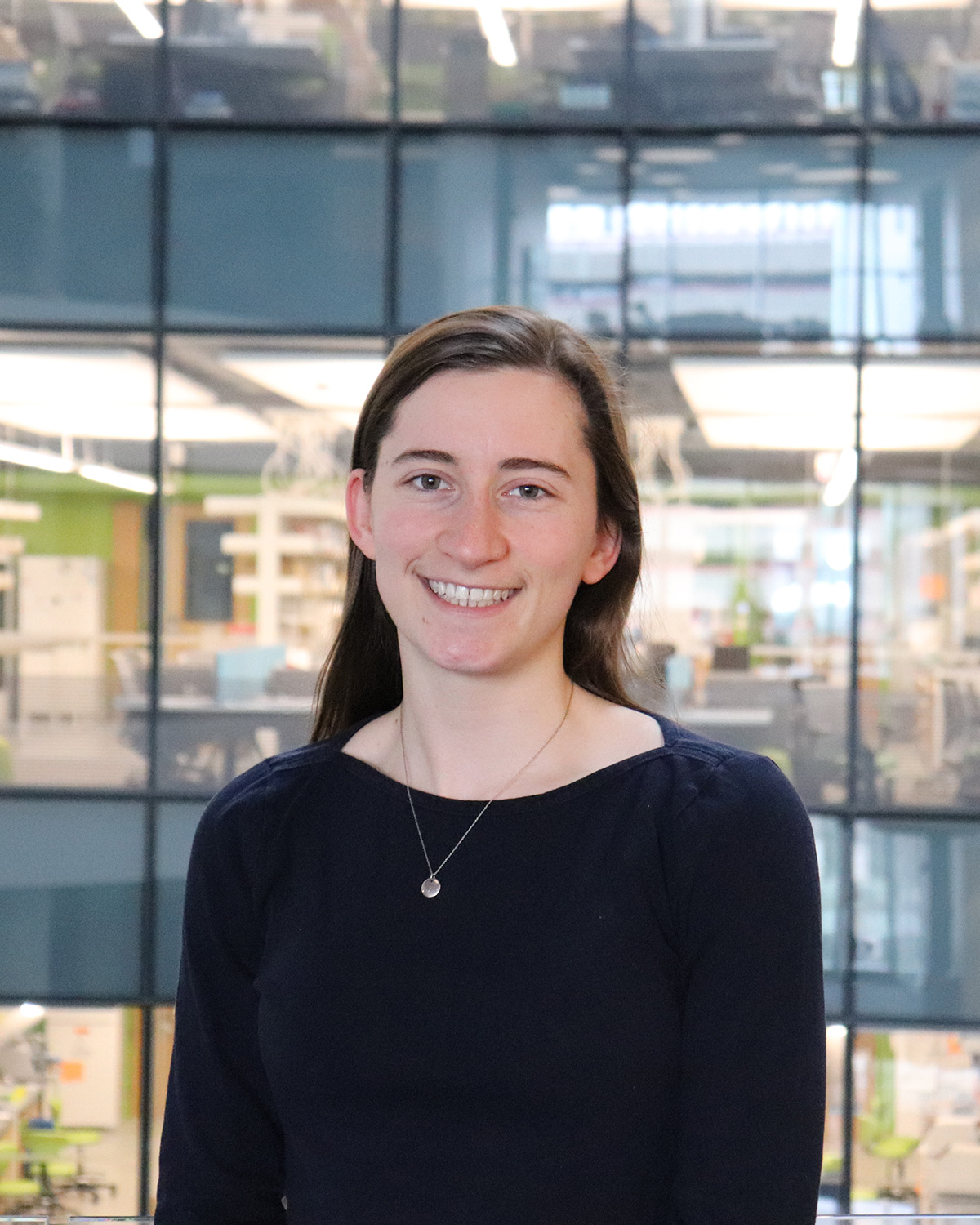 Teddi Stanley, Bouvé’22, “Development of a Novel Conjugated Atherosclerosis Therapy”
Teddi Stanley, Bouvé’22, “Development of a Novel Conjugated Atherosclerosis Therapy”
Mentor: Professor Eno Ebong, COE, Chemical Engineering
Cardiovascular disease (CVD) is the leading cause of death worldwide, affecting 121 million adults in the US. CVDs are caused by atherosclerosis during which vessel walls thicken and restrict blood passage. Studies observe a degraded endothelial cell glycocalyx (EC GCX) in early stages of atherosclerosis. The EC GCX is a thin hair-like structure lining the inner walls of blood vessels. Therapies which regenerate this structure may treat atherosclerosis. This project attempts to connect two specific molecules, heparan sulfate and Sphingosine-1-phosphate, thus creating the basis of a novel conjugated atherosclerosis therapy.
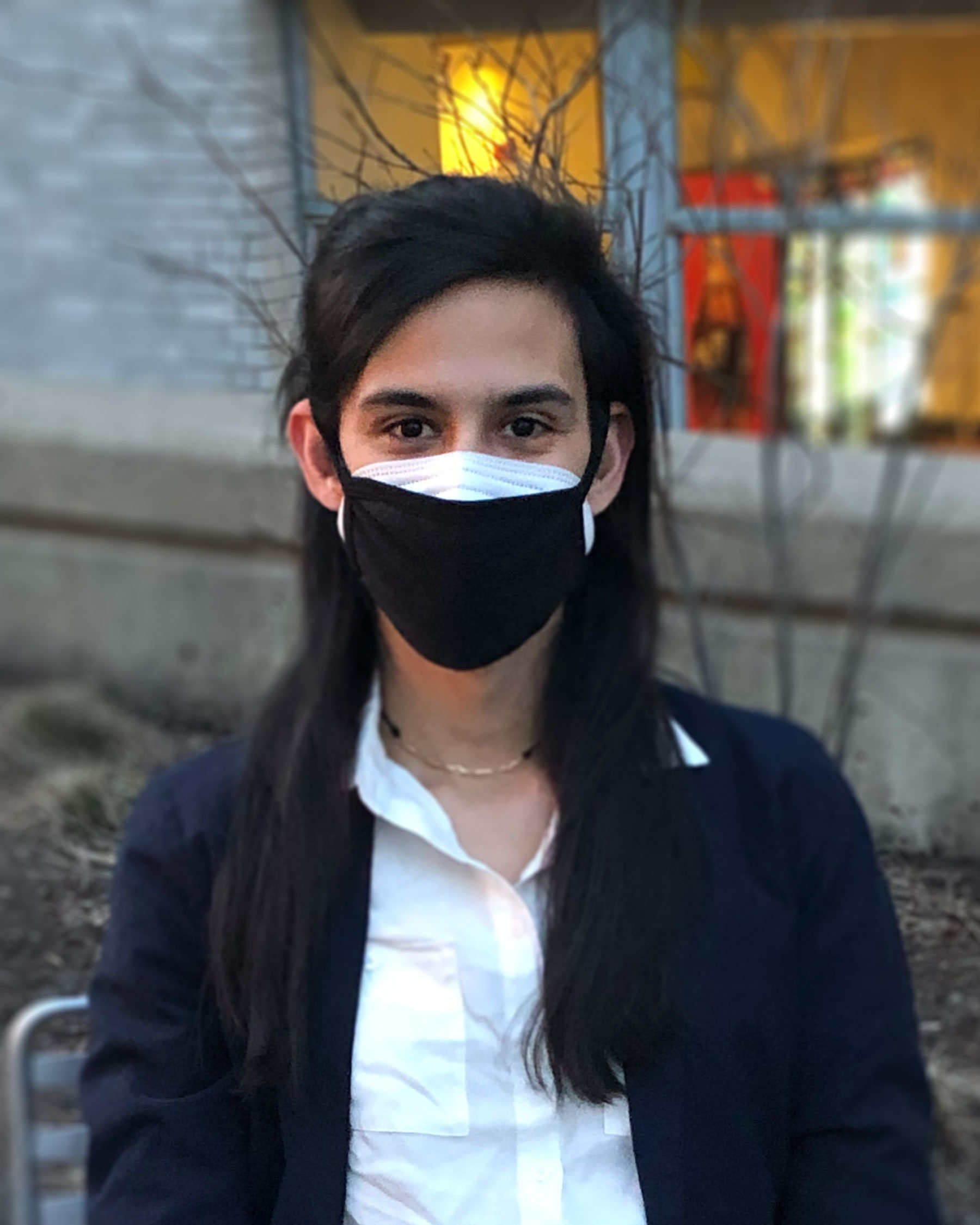 Naomi Trevino, COS’22, “Mountains and Molehills: Envisioning a Multimedia Online Language Learning Environment (MOLLE) for the Cherokee Language”
Naomi Trevino, COS’22, “Mountains and Molehills: Envisioning a Multimedia Online Language Learning Environment (MOLLE) for the Cherokee Language”
Mentor: Professor Ellen Cushman, CSSH, English
In this project, I will be creating a website integrating text, audio, and image presentation formats to support Cherokee language learning and revitalization initiatives. A multimedia approach will allow for practice of four core language competencies (reading, writing, speaking, listening) across single written characters or spoken sounds, single words, phrases, and entire stories. This project is directly informed by discussions with Cherokee community members, and will promote Cherokee language learning and use through meaningful interaction with primary source documents.
